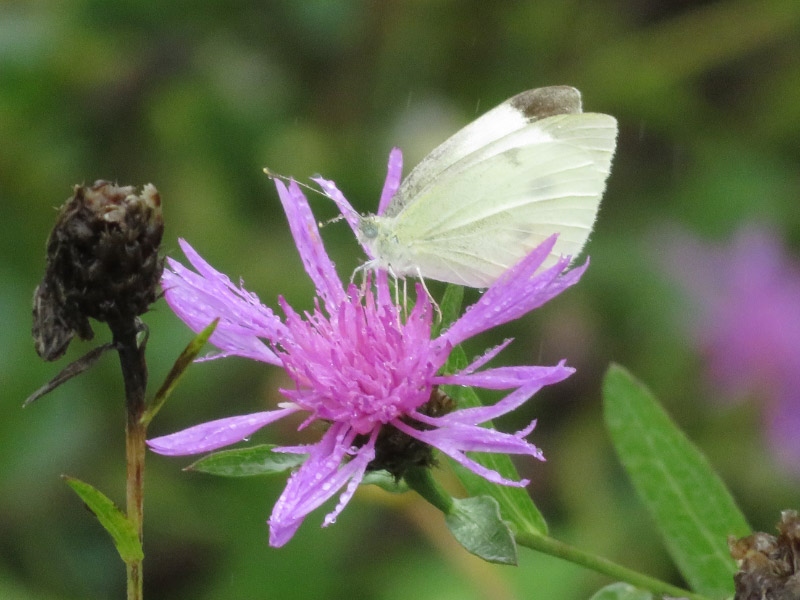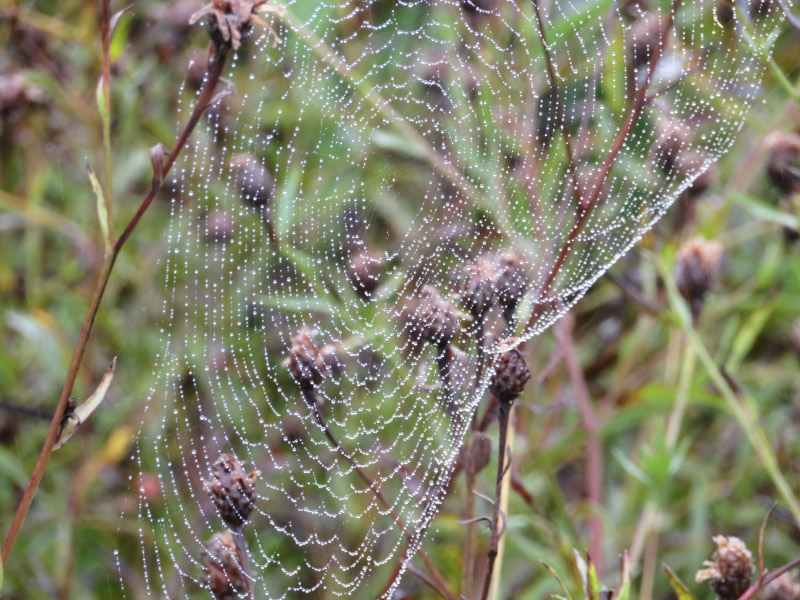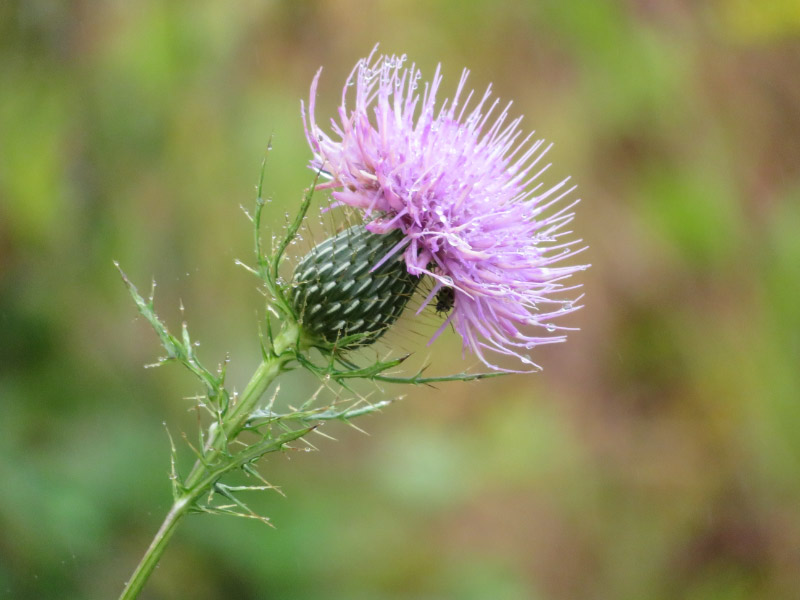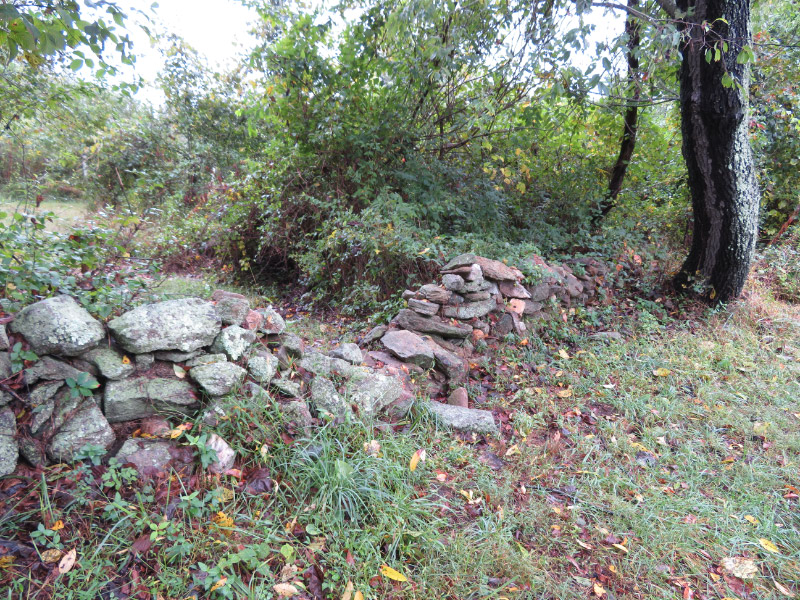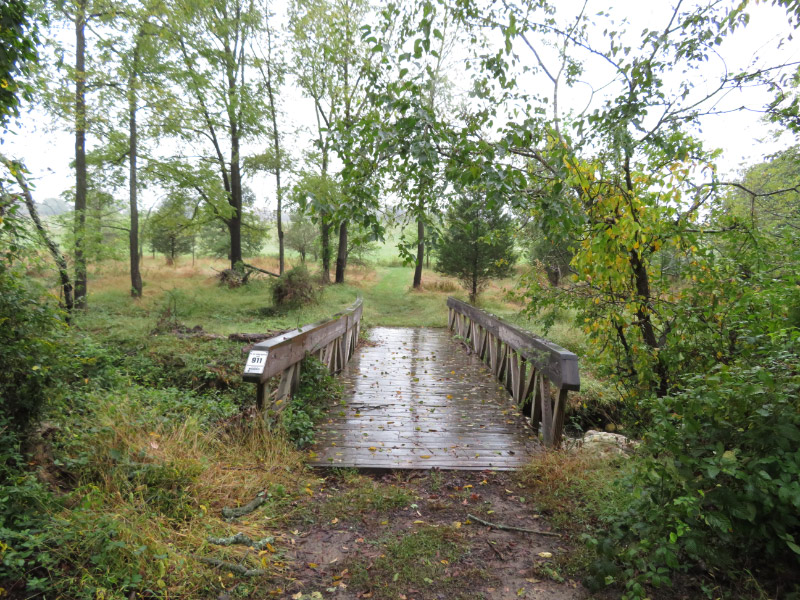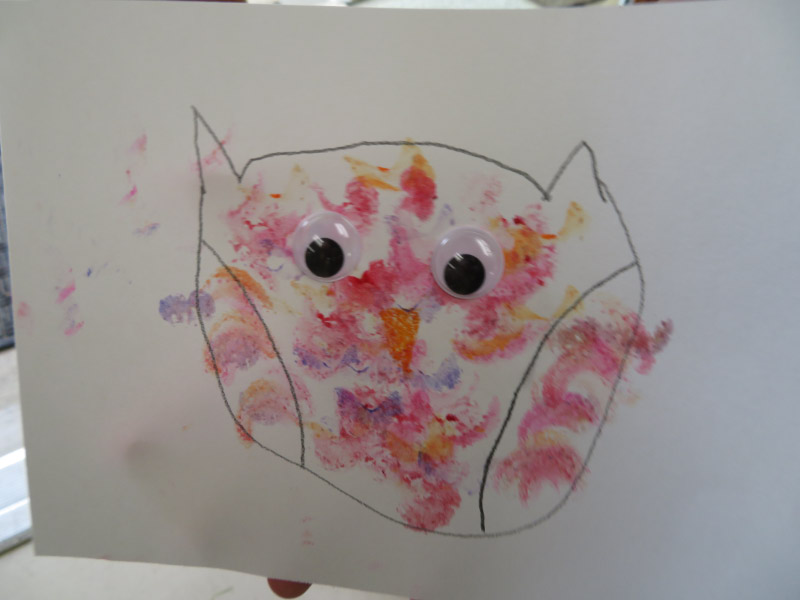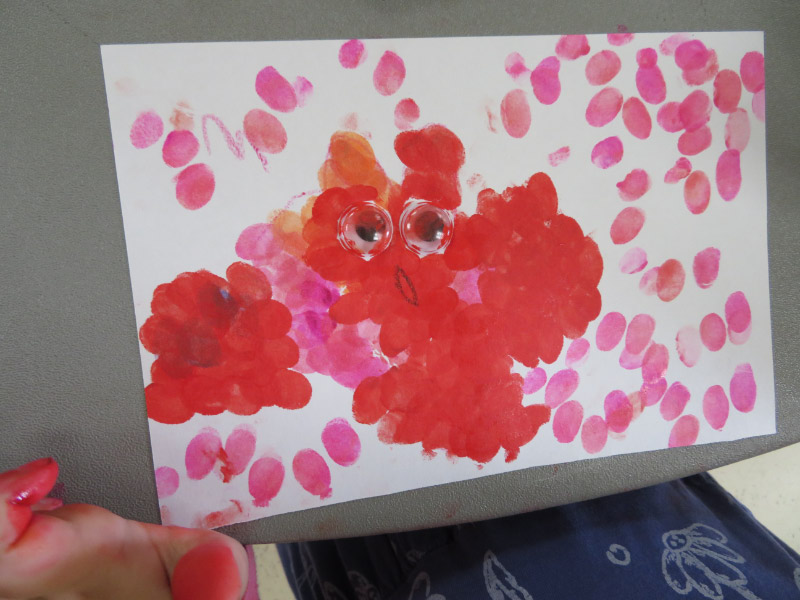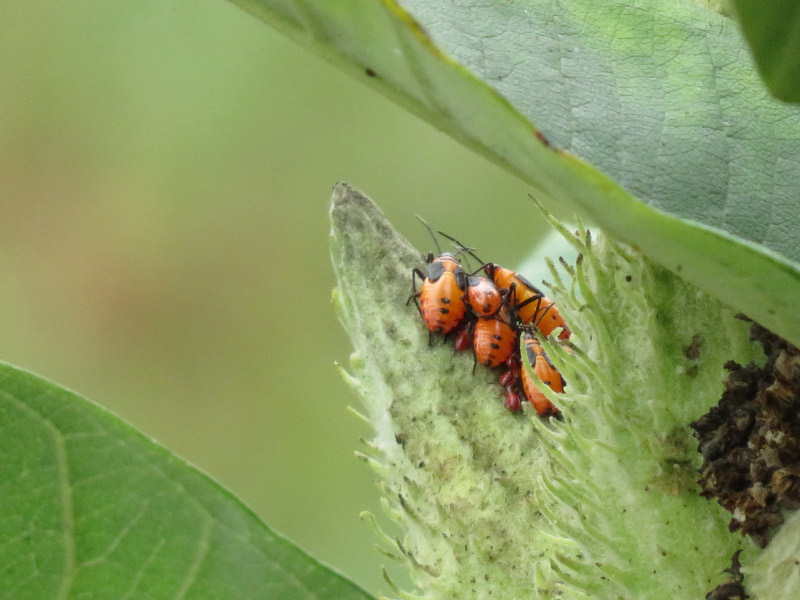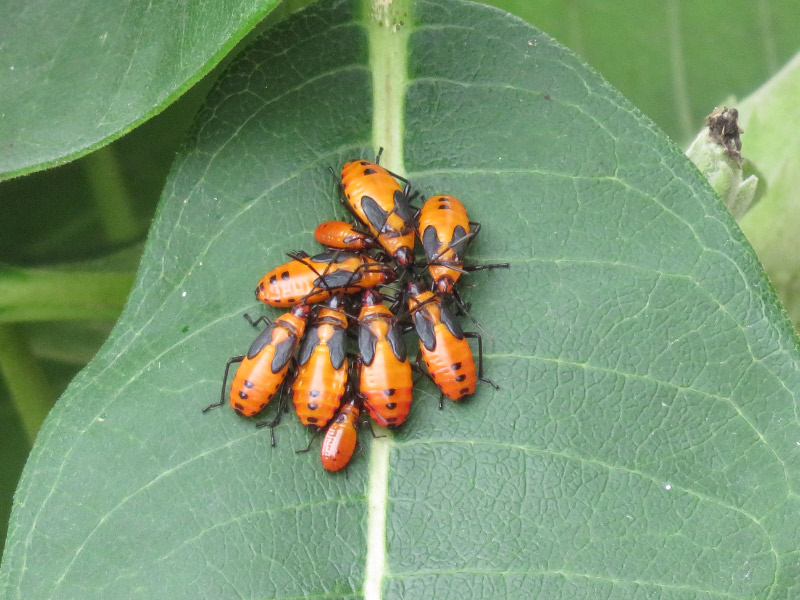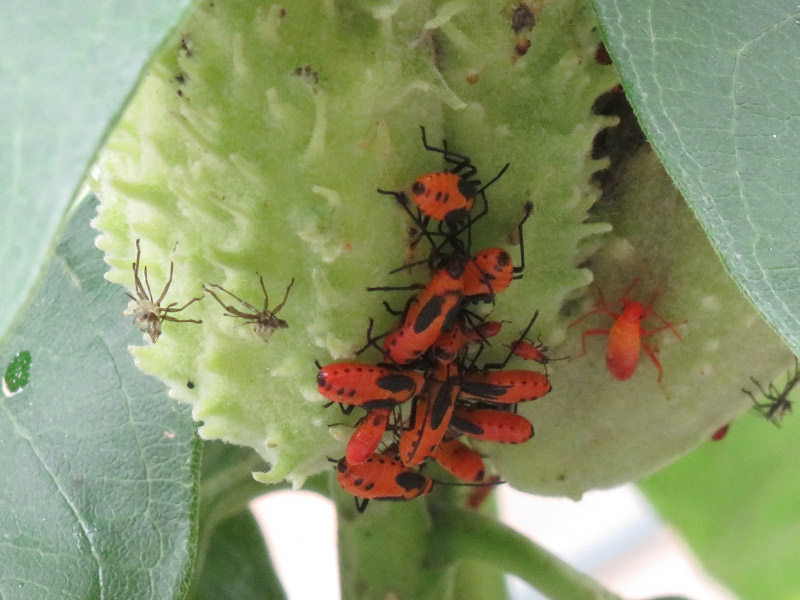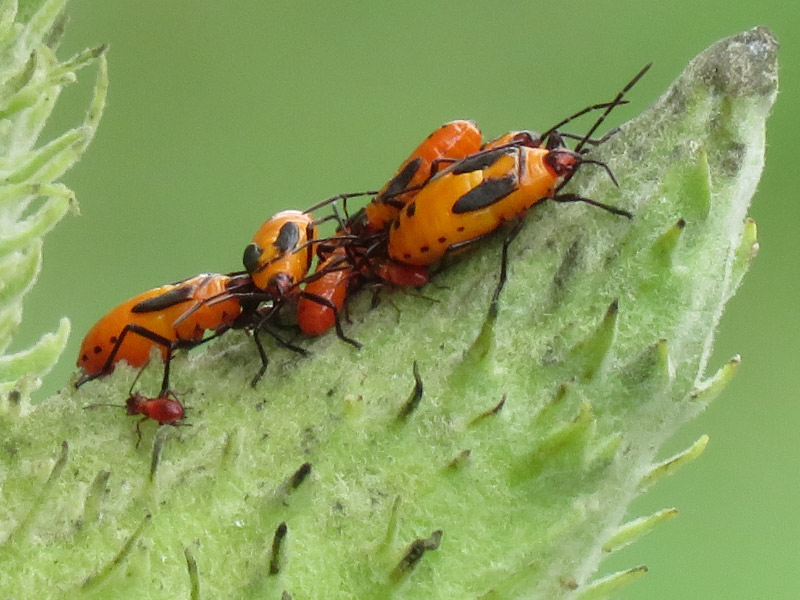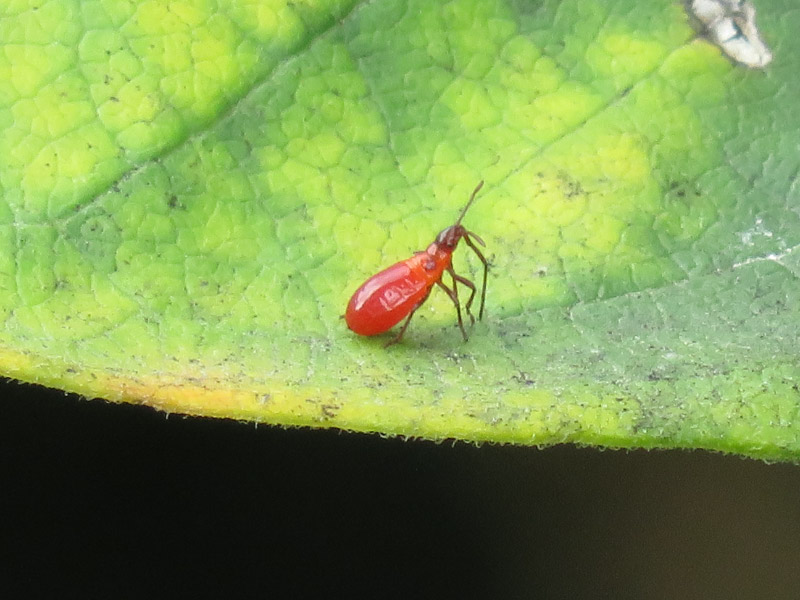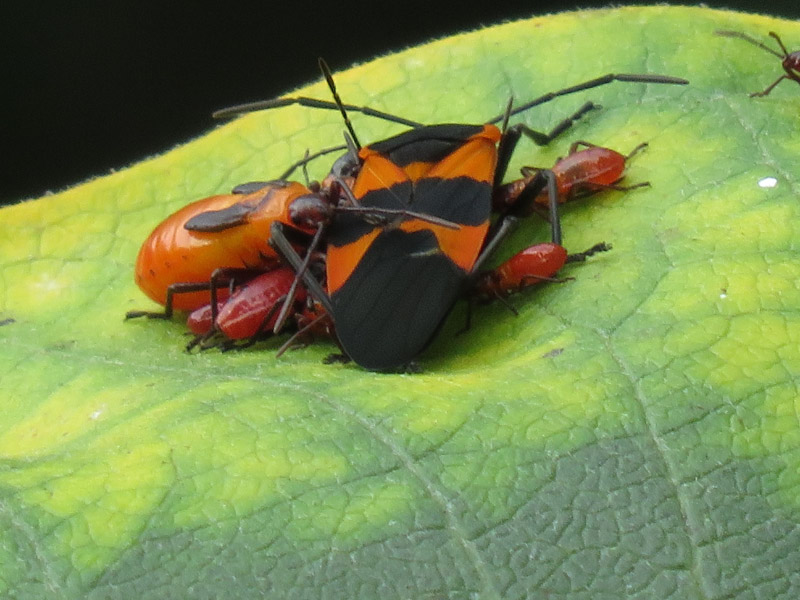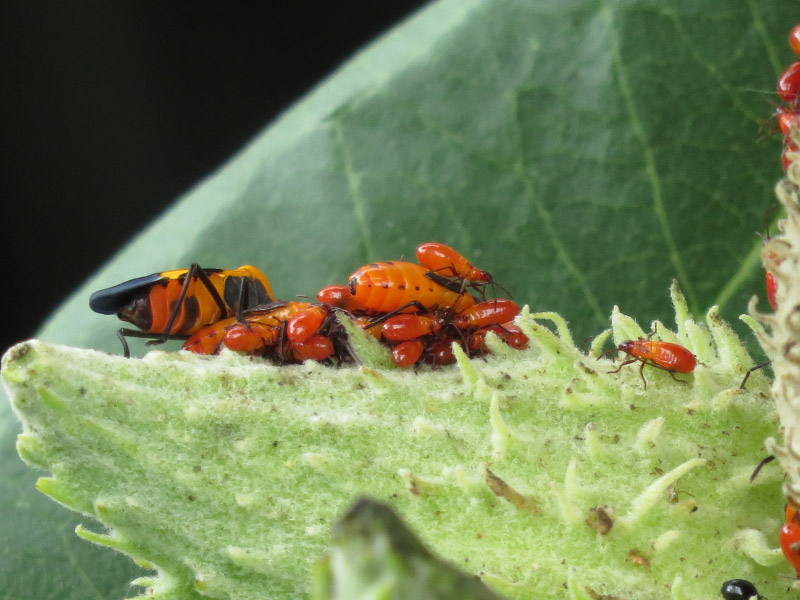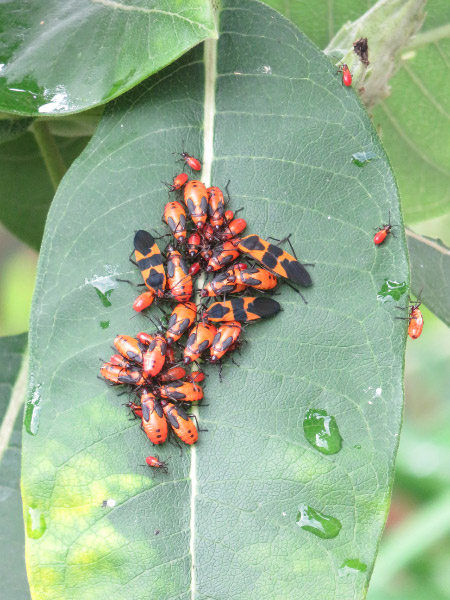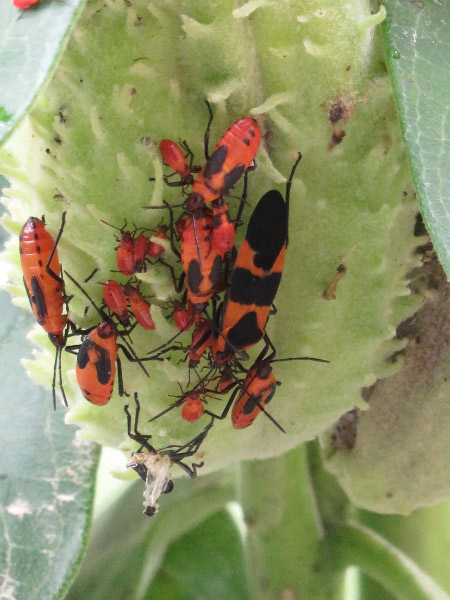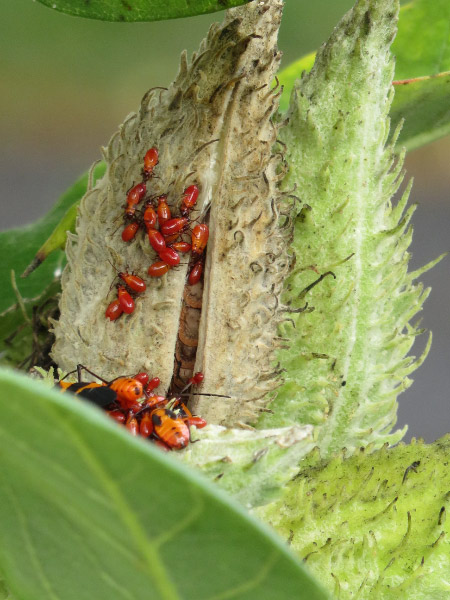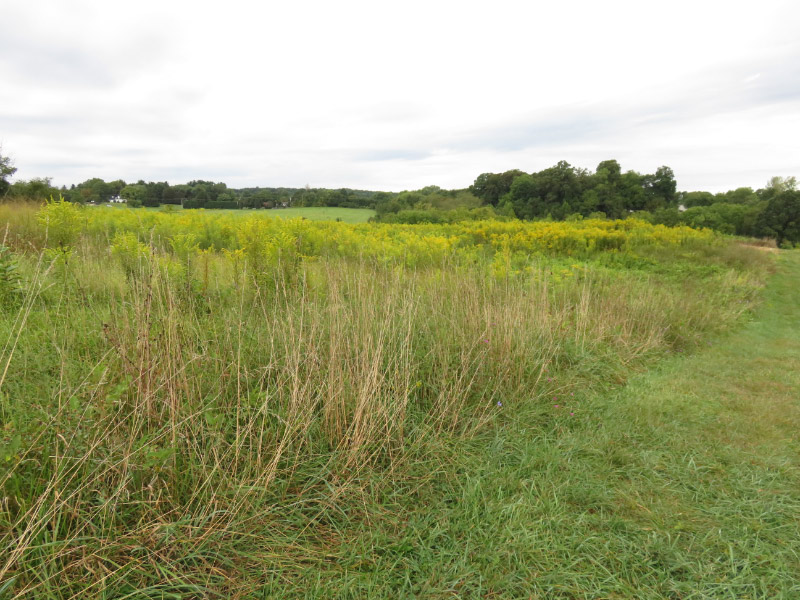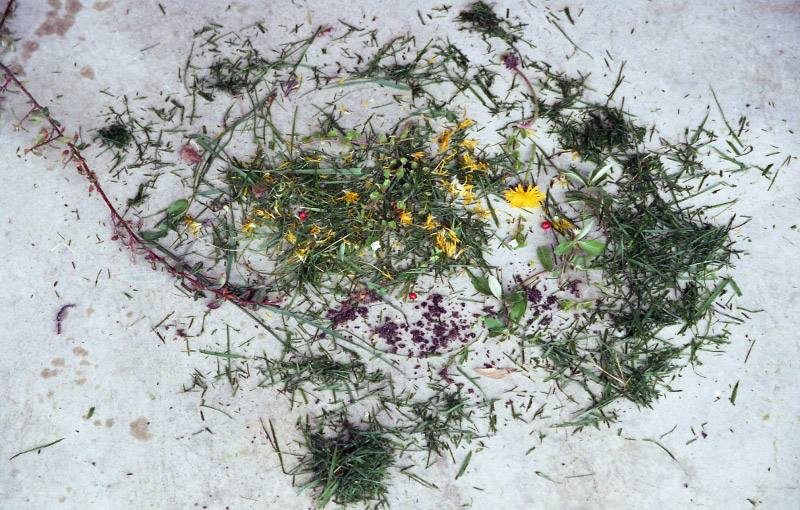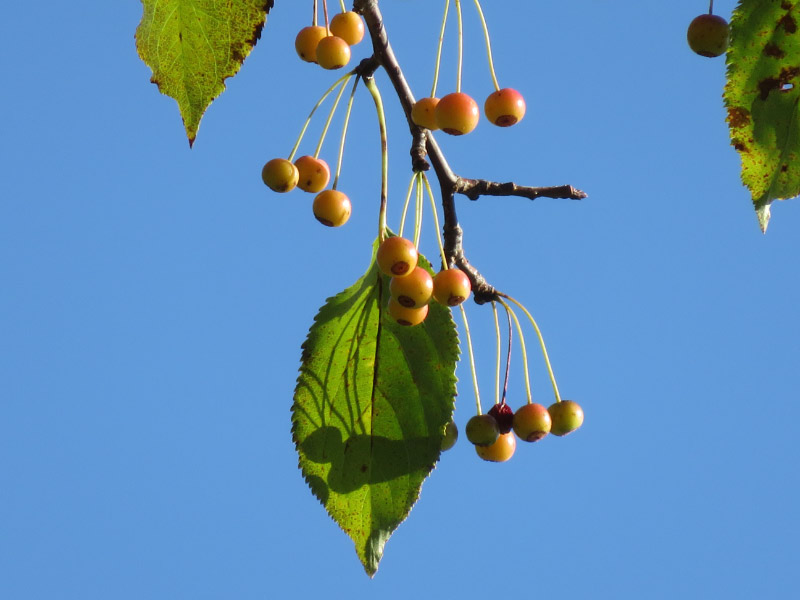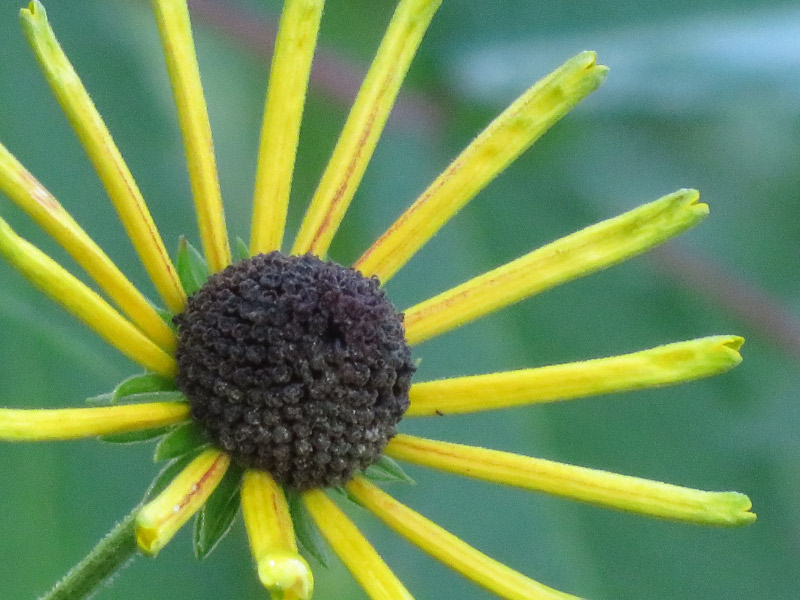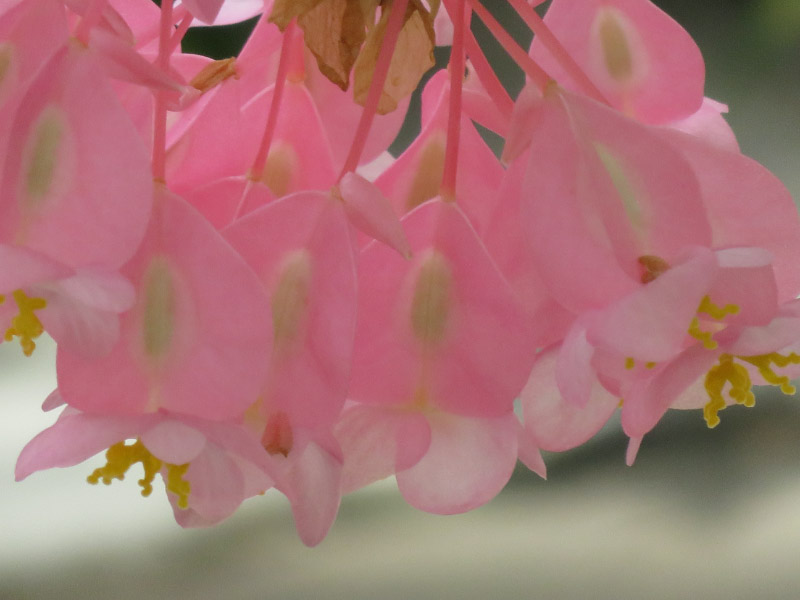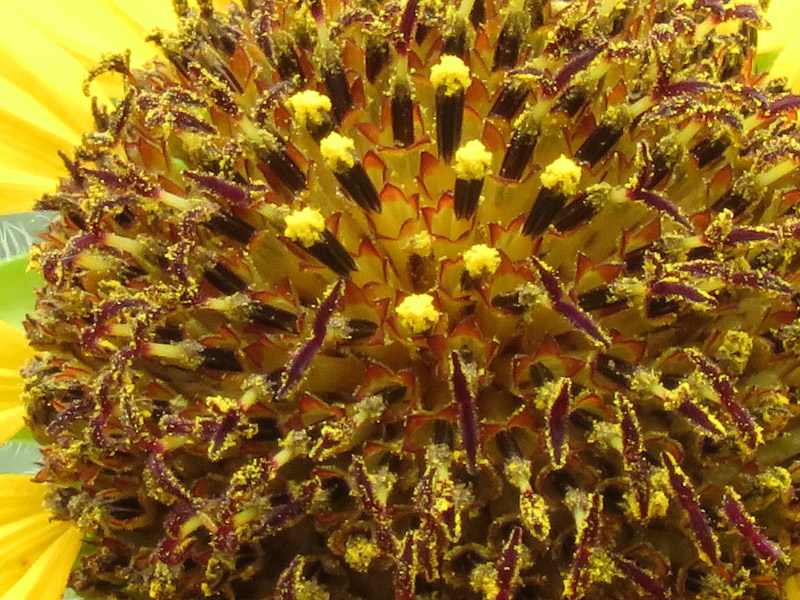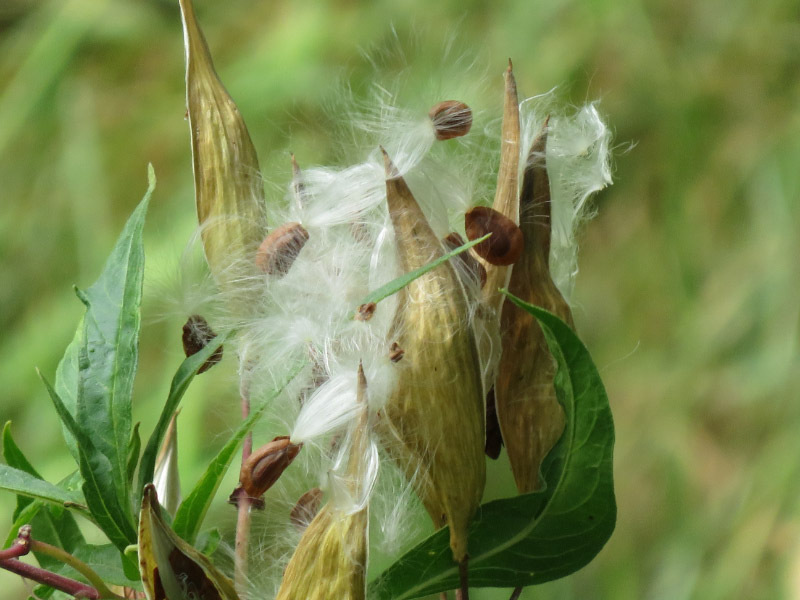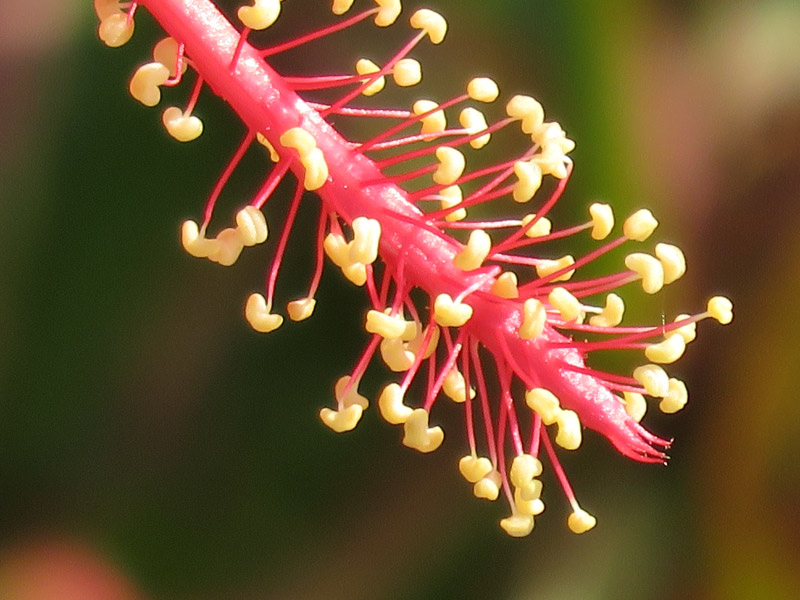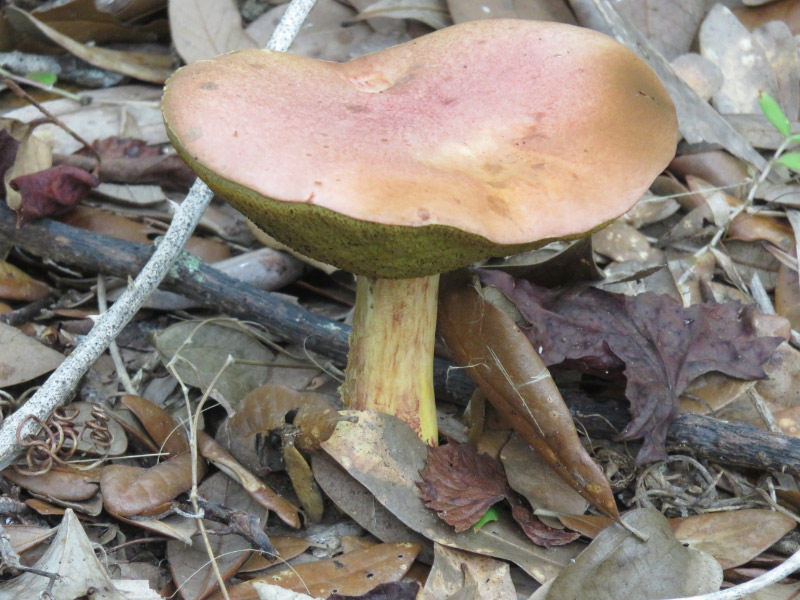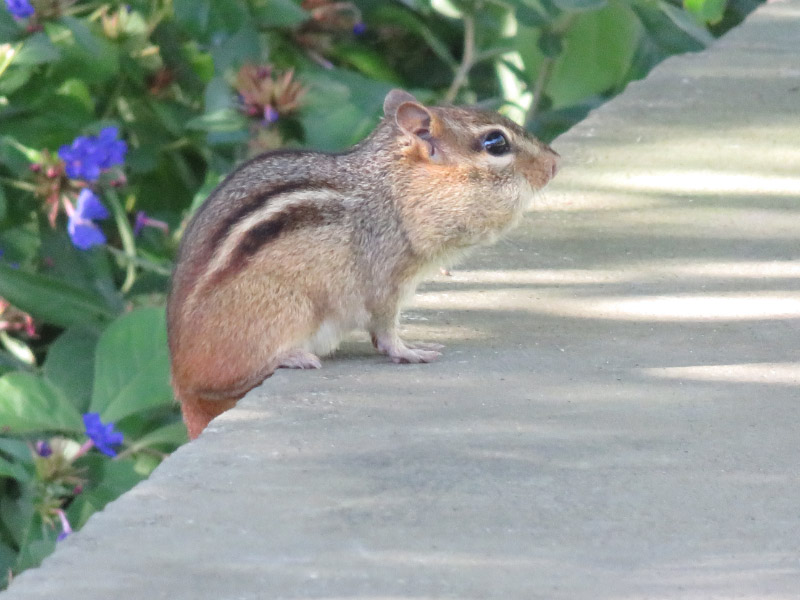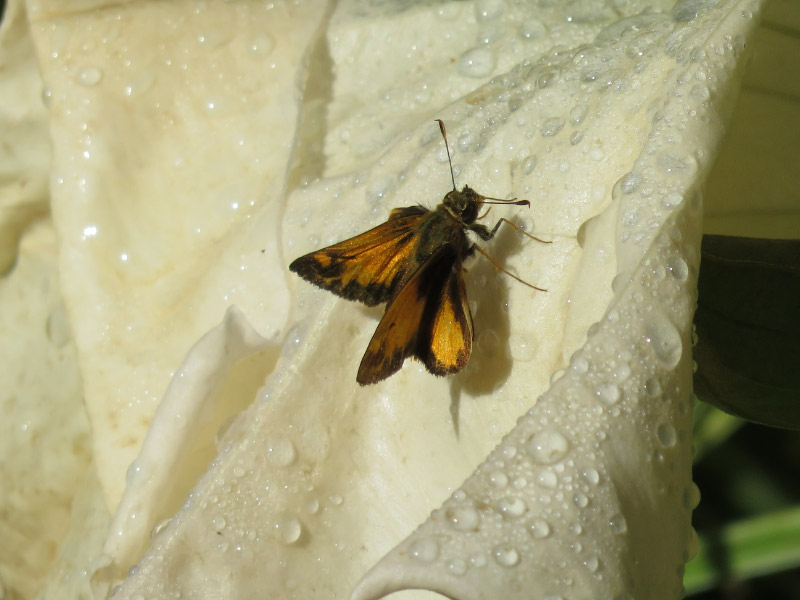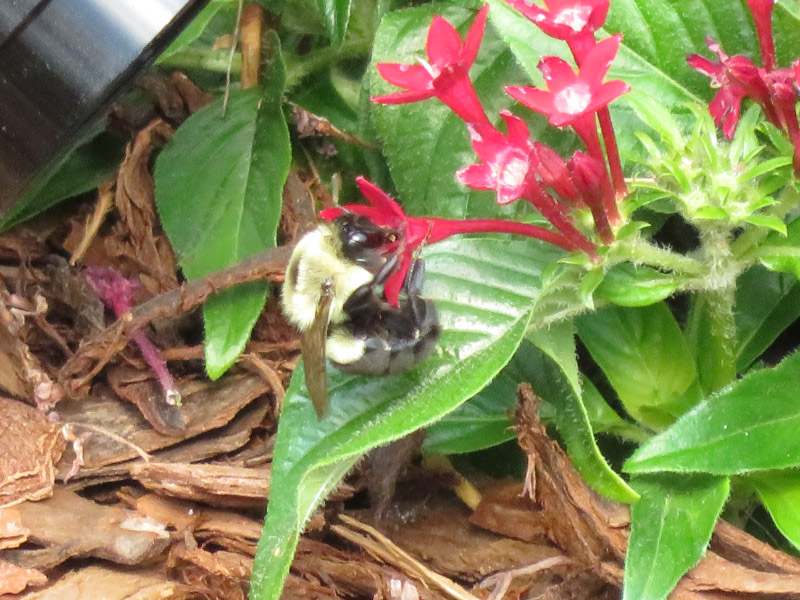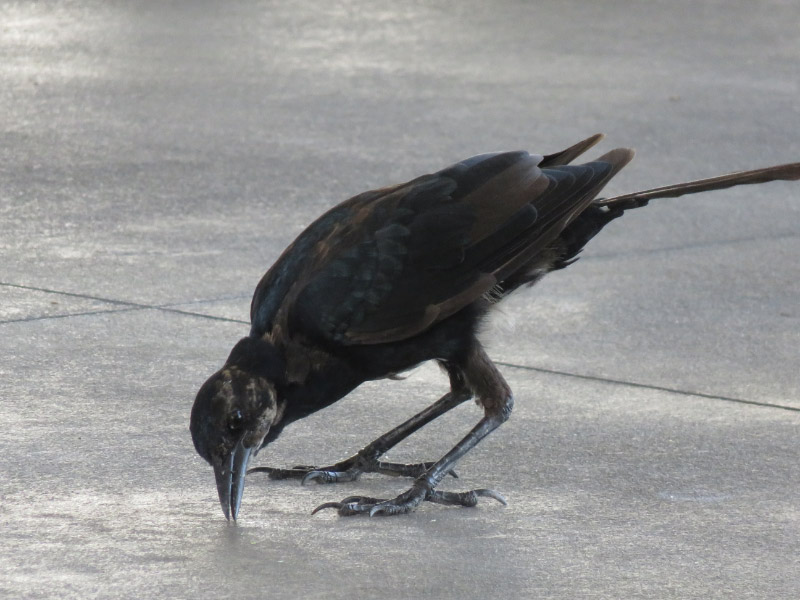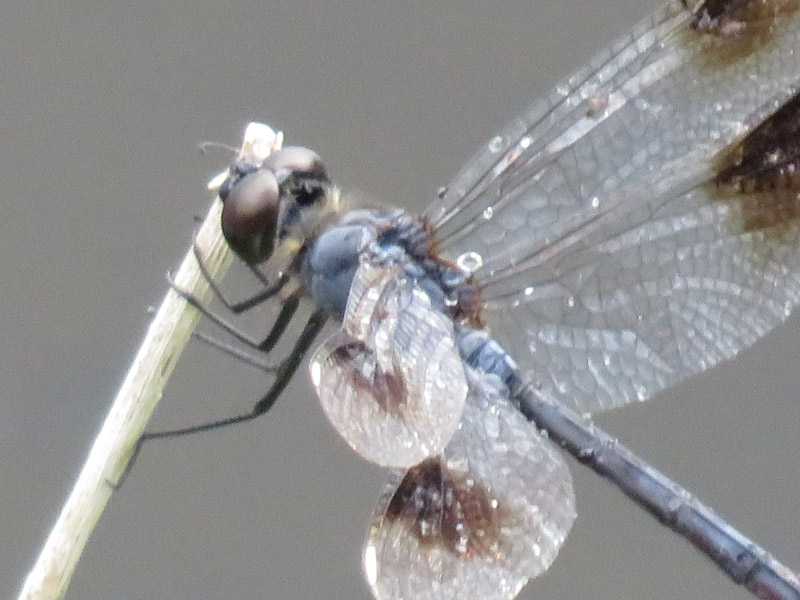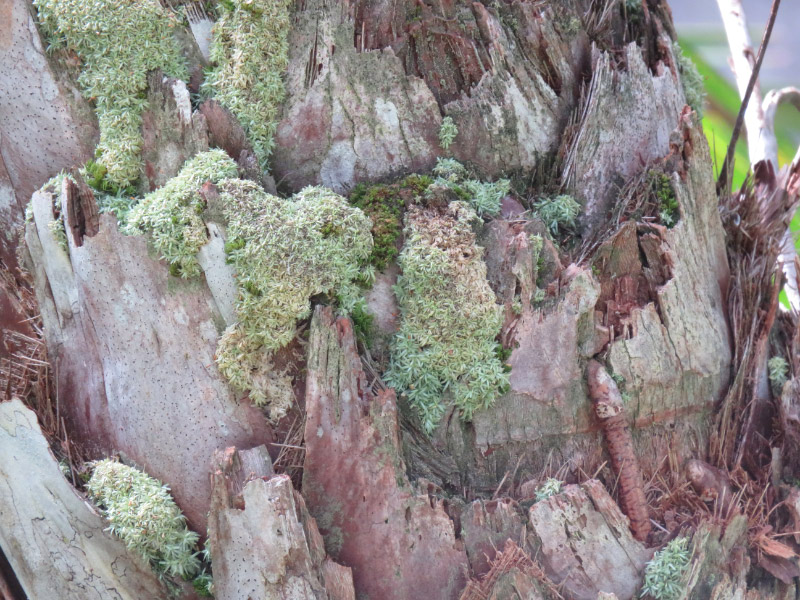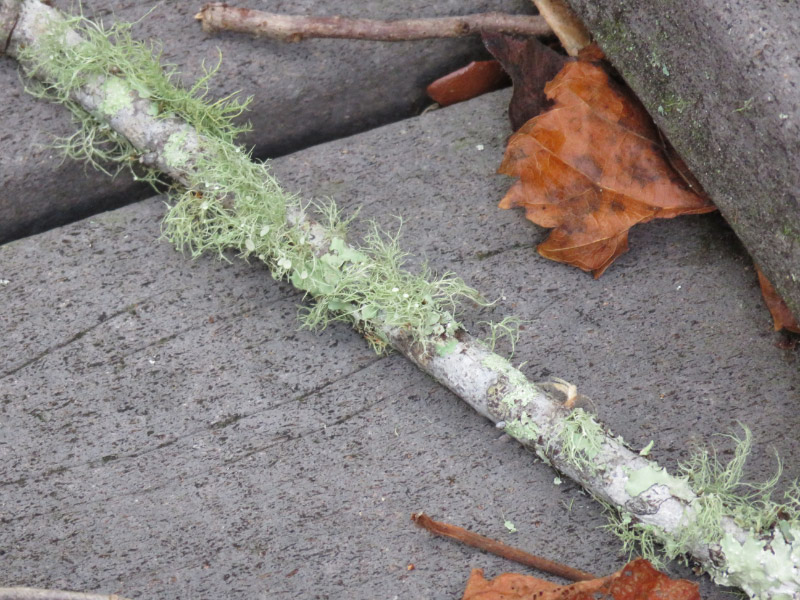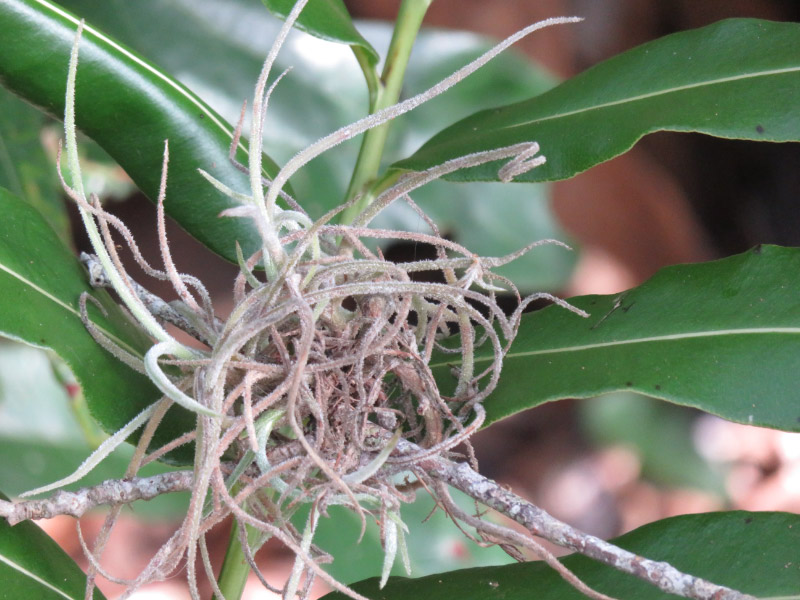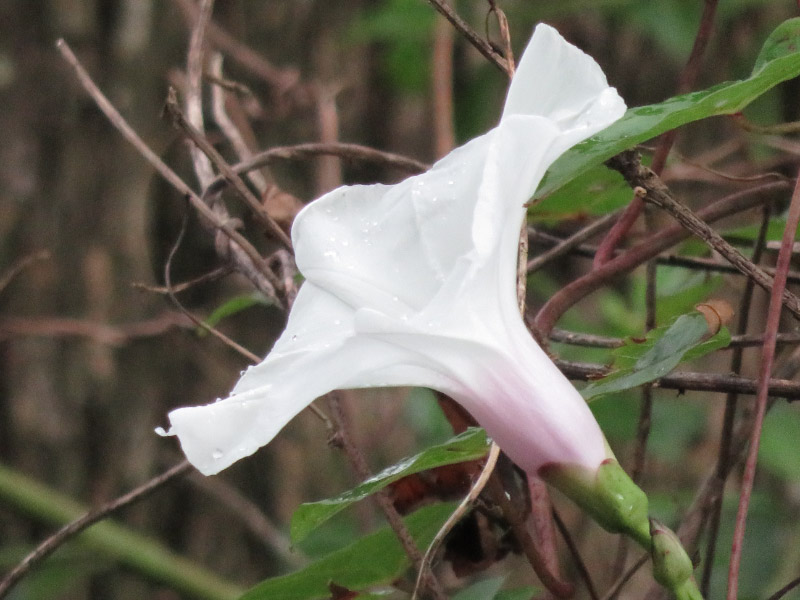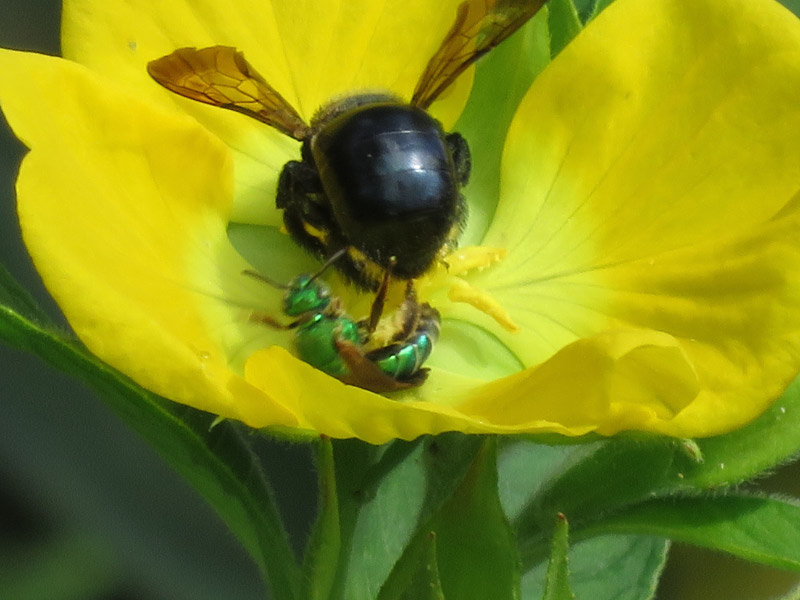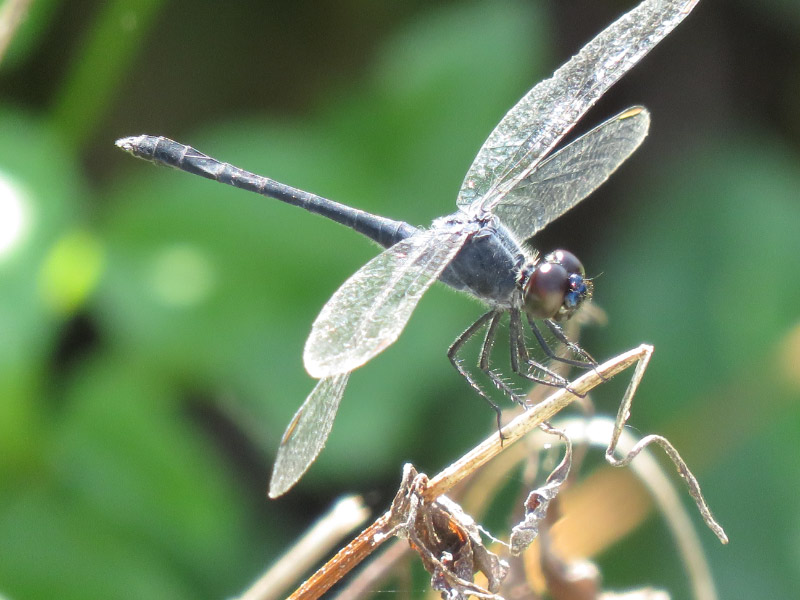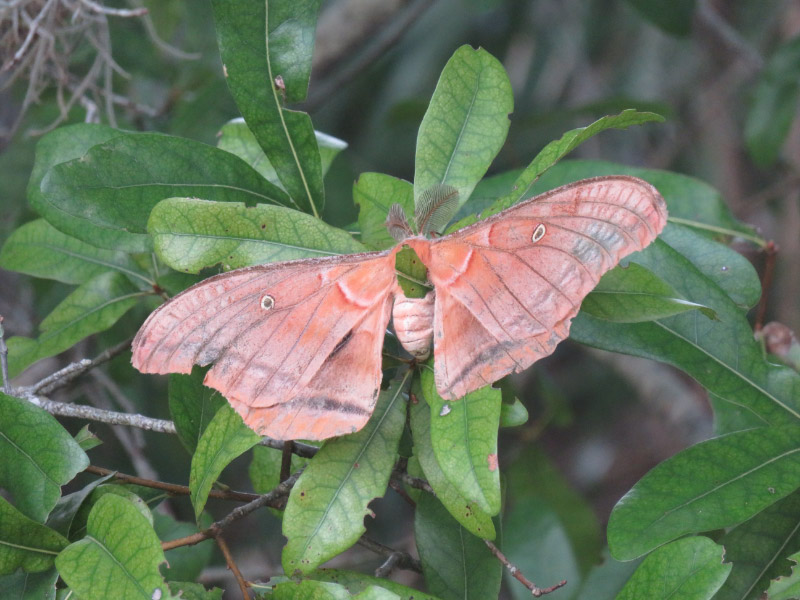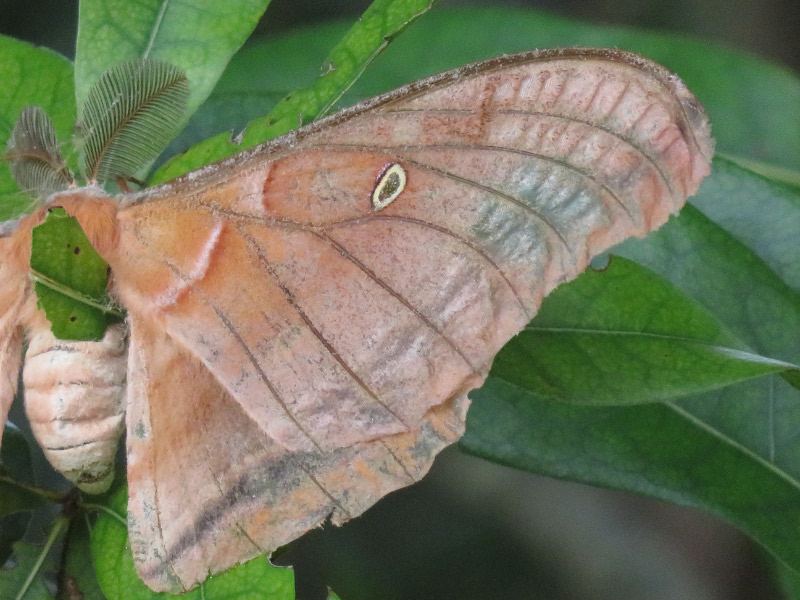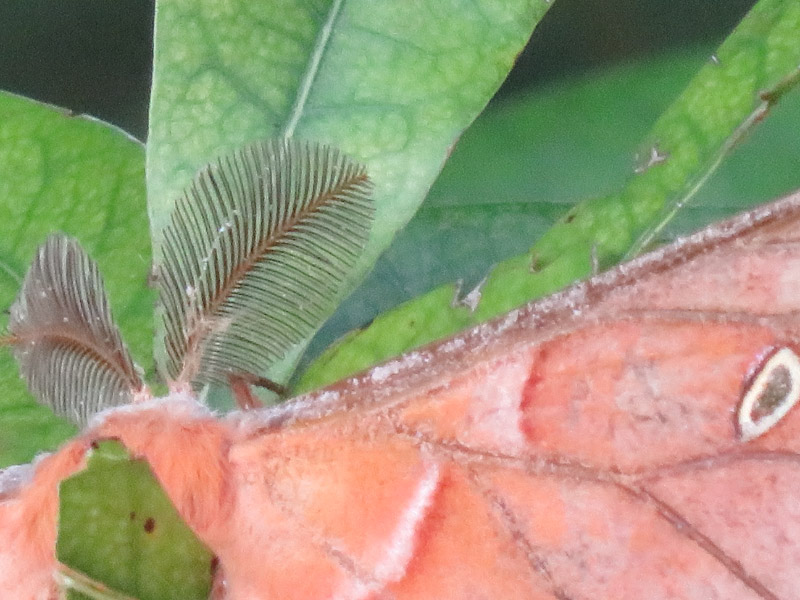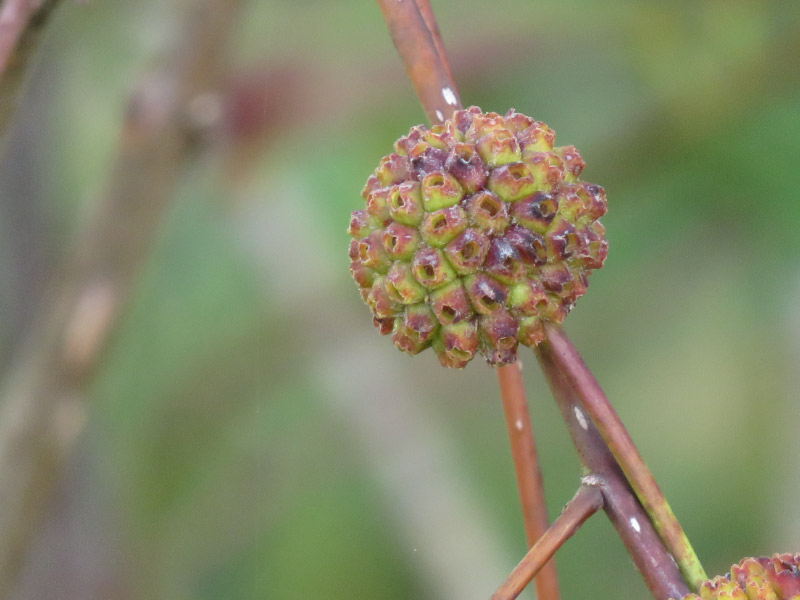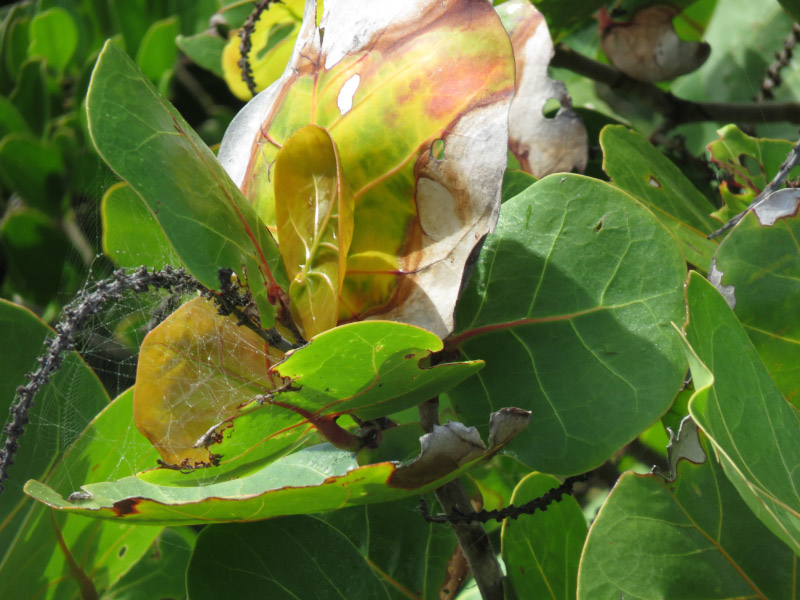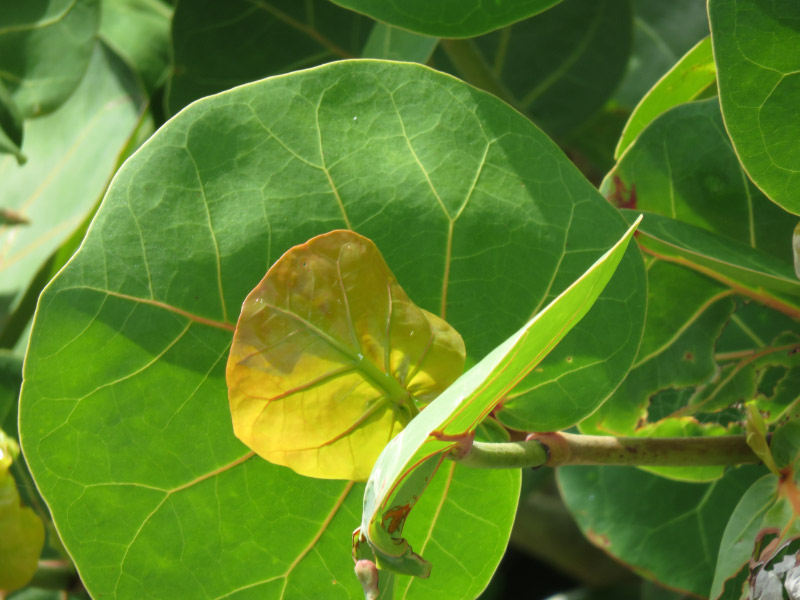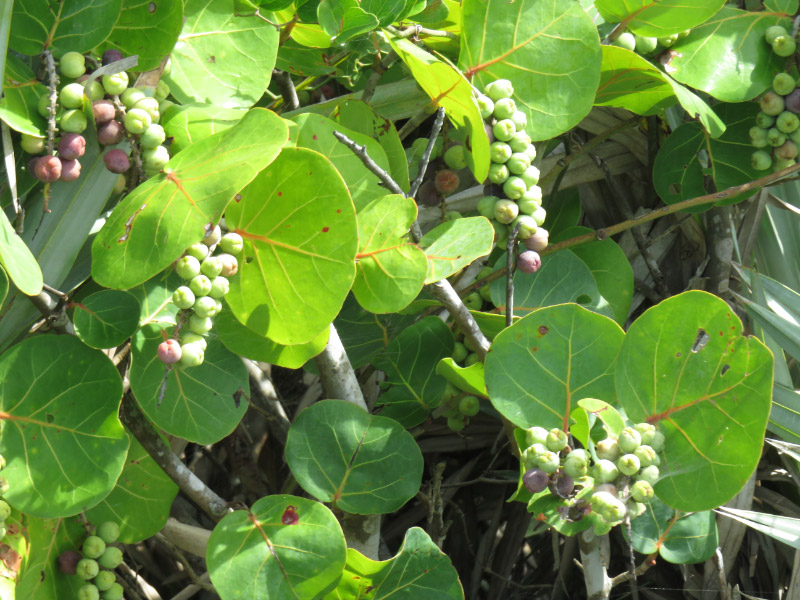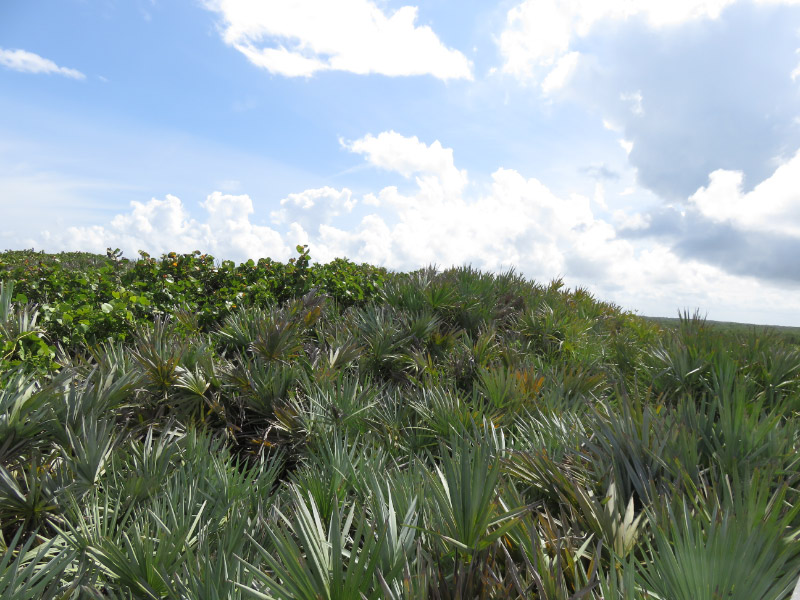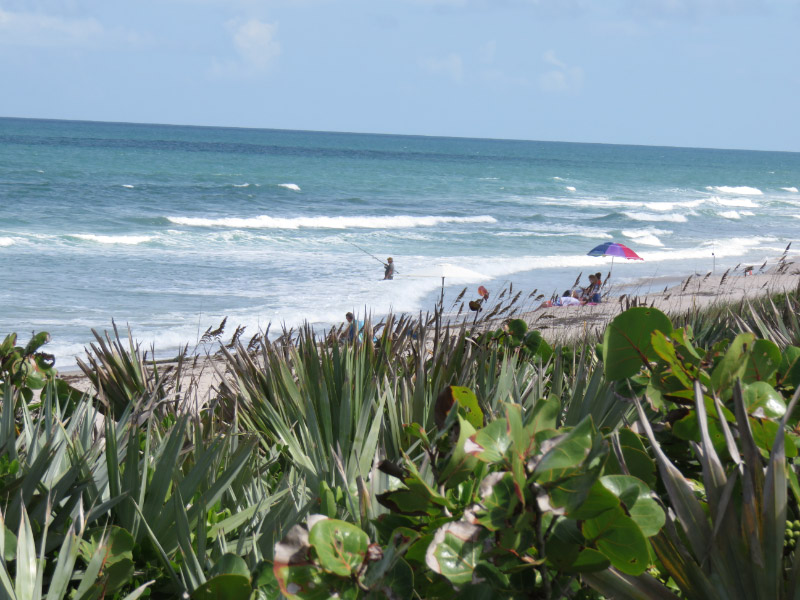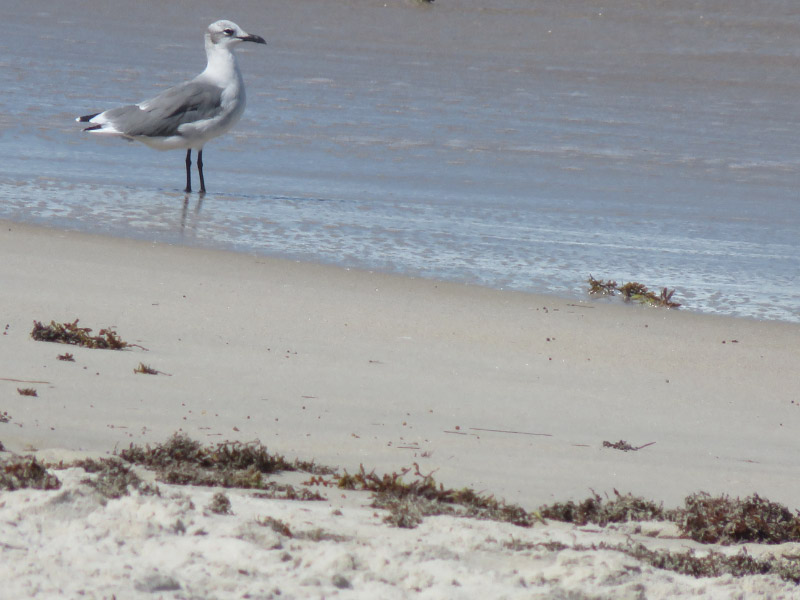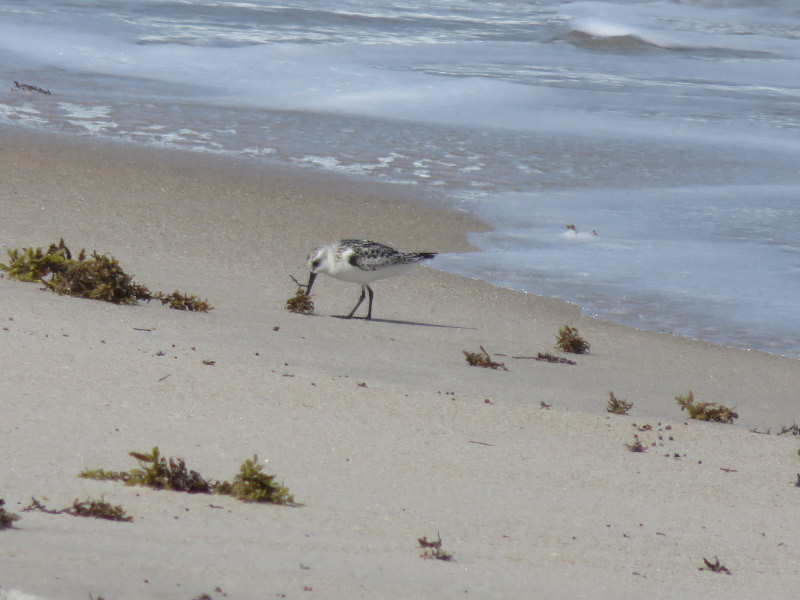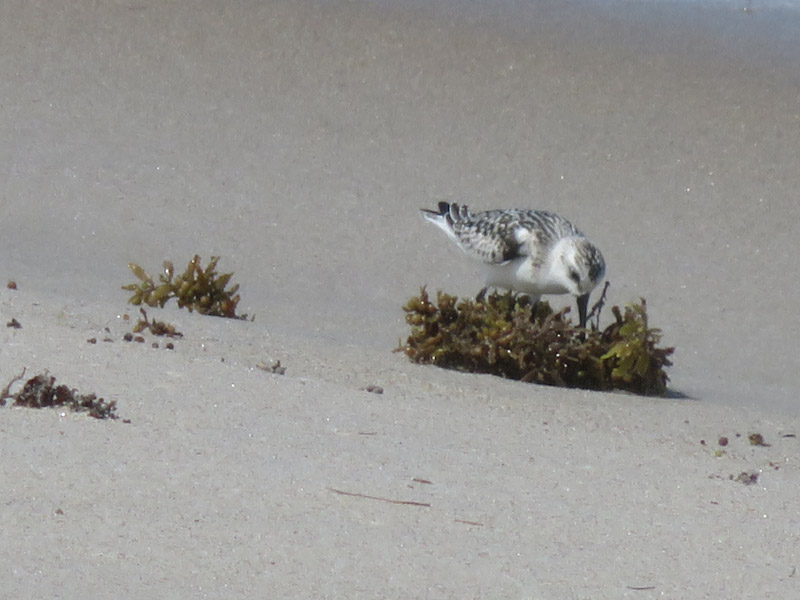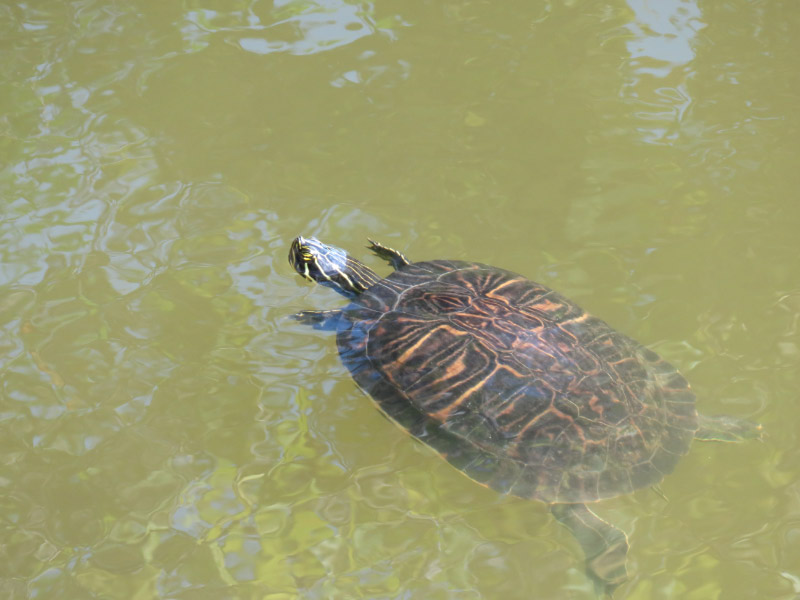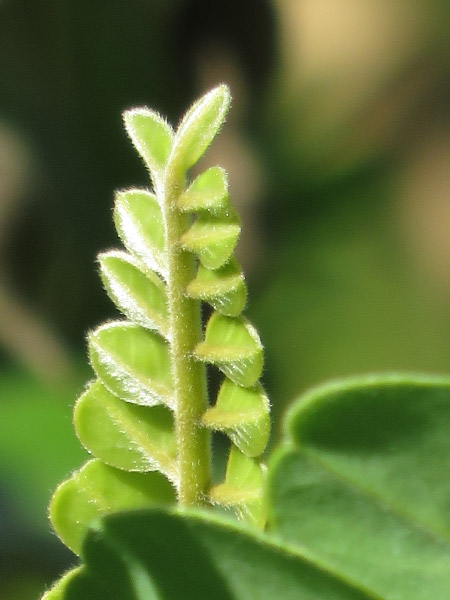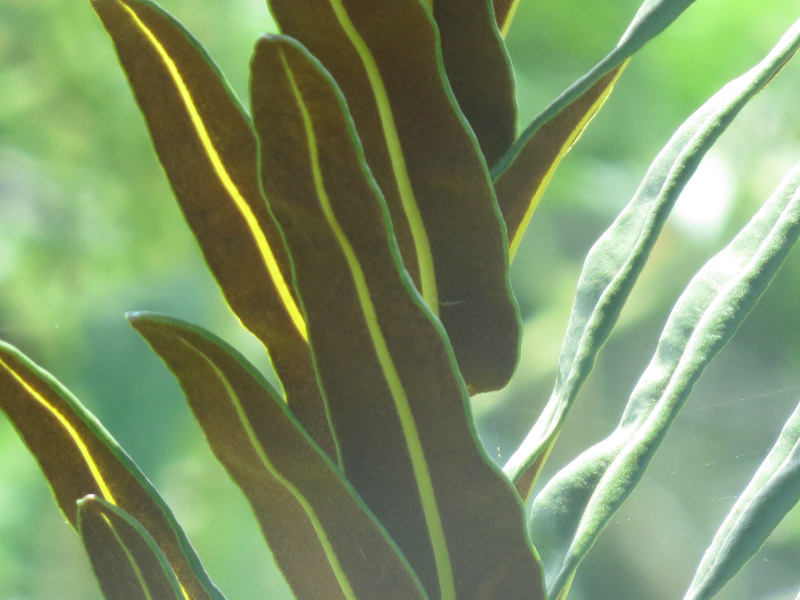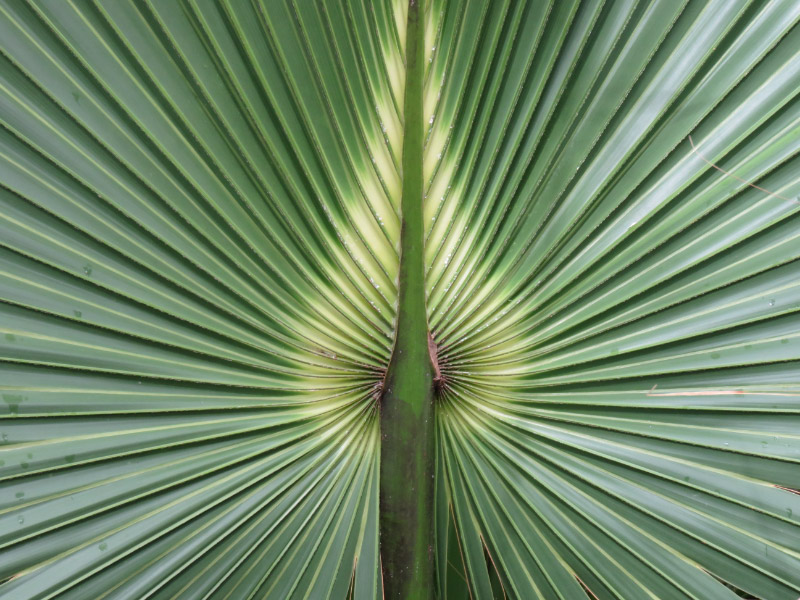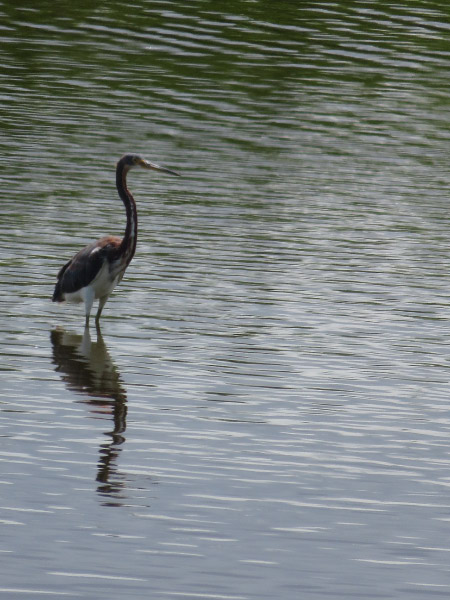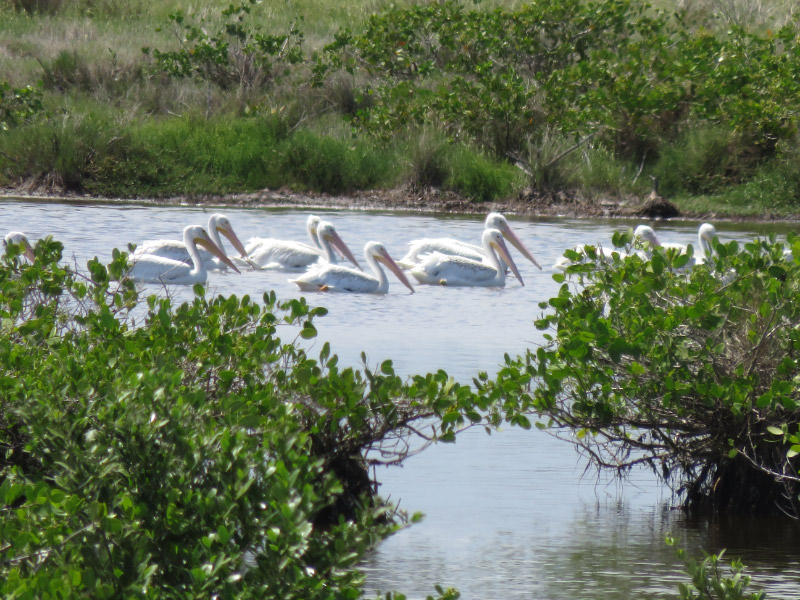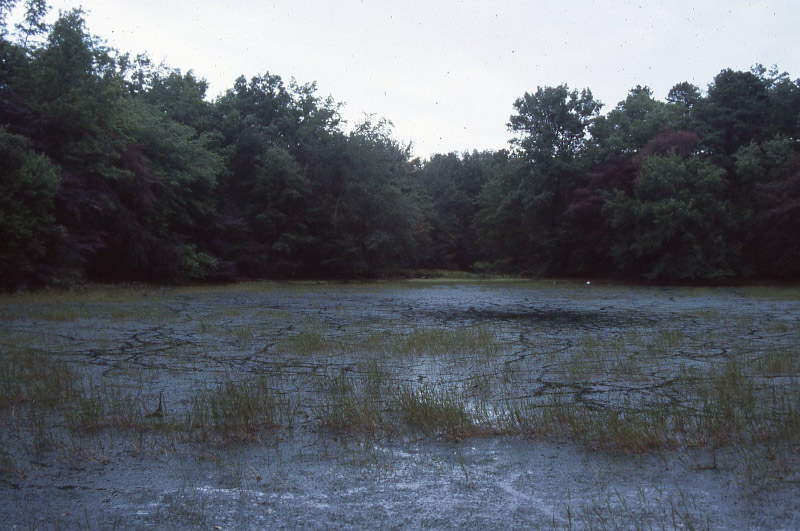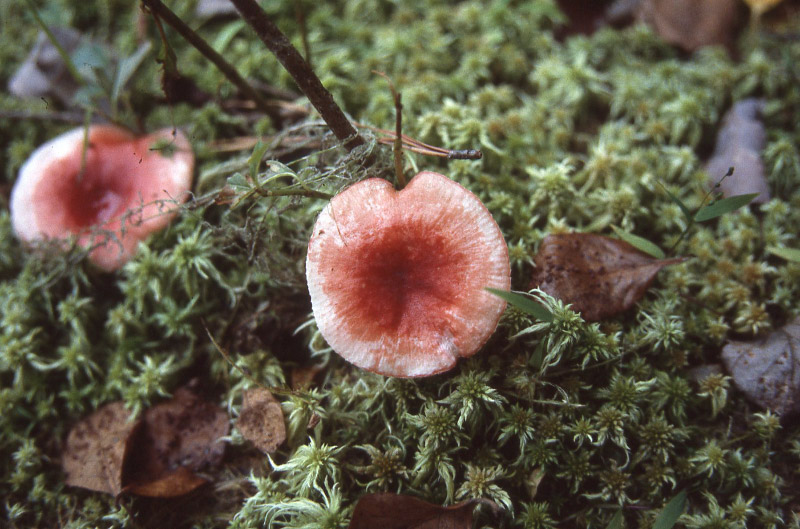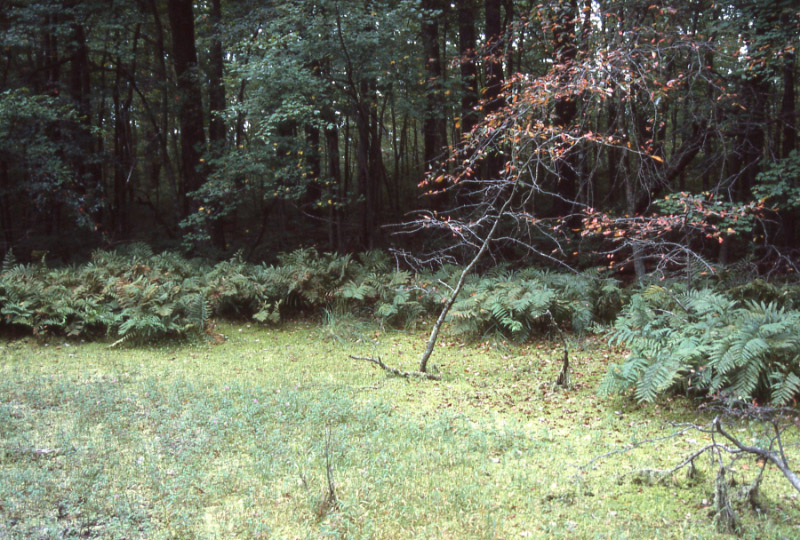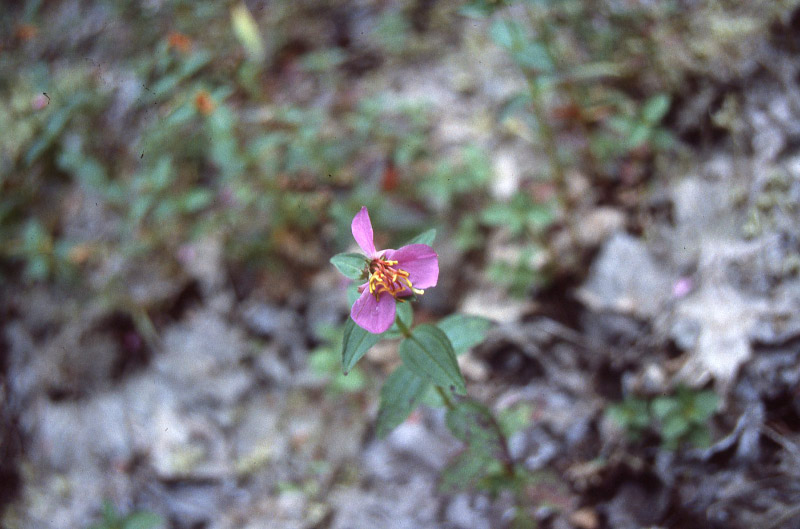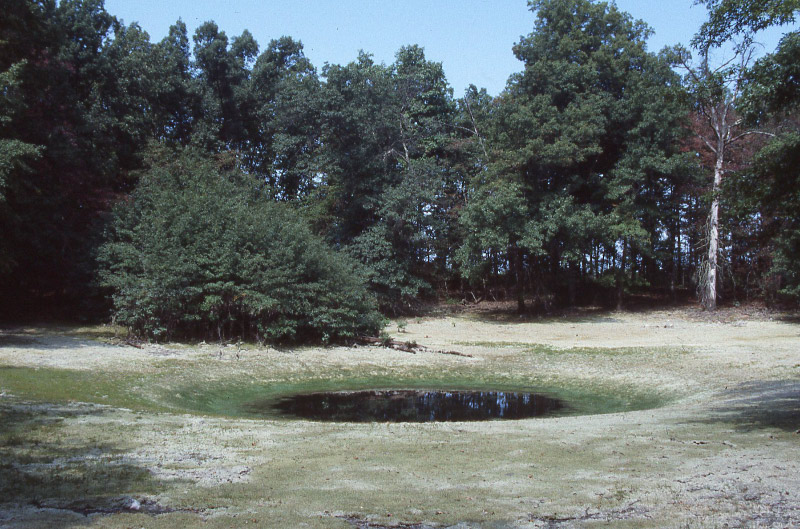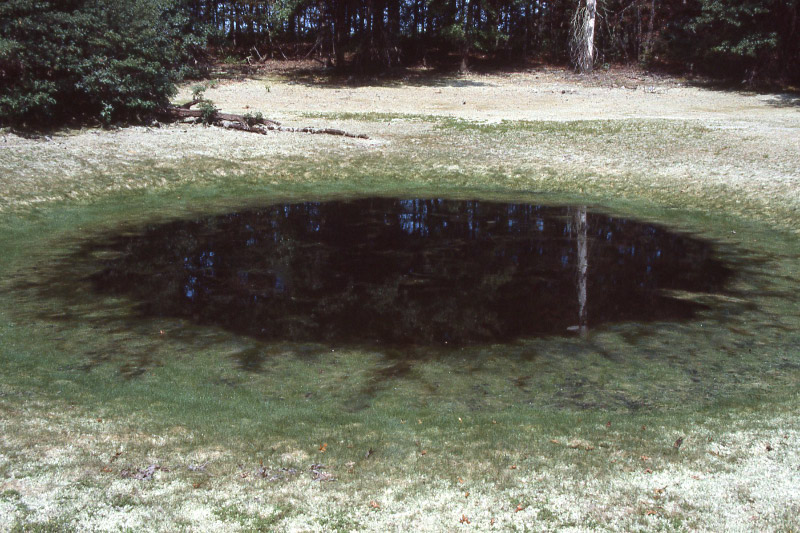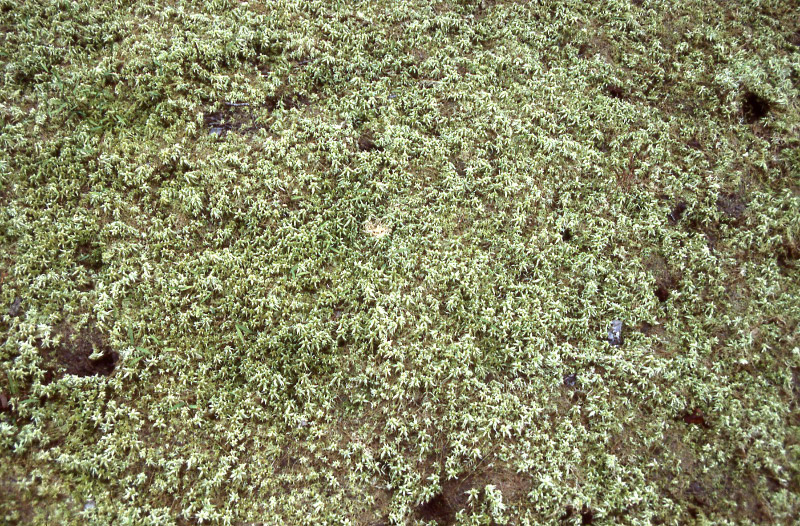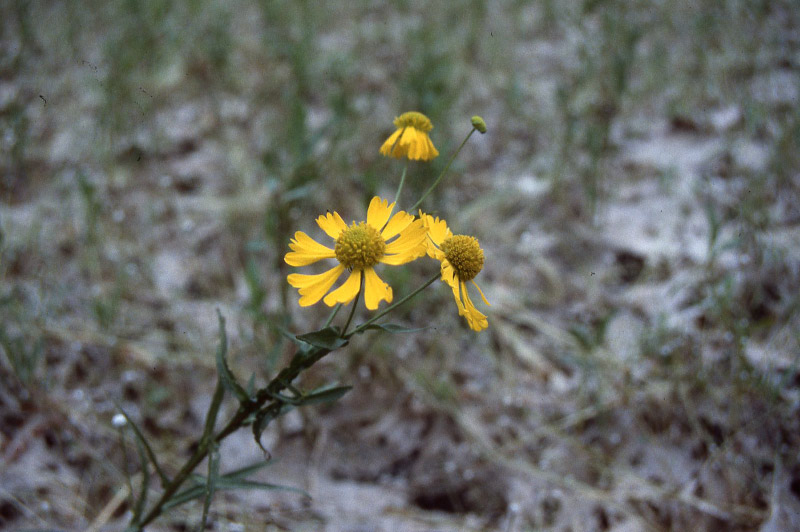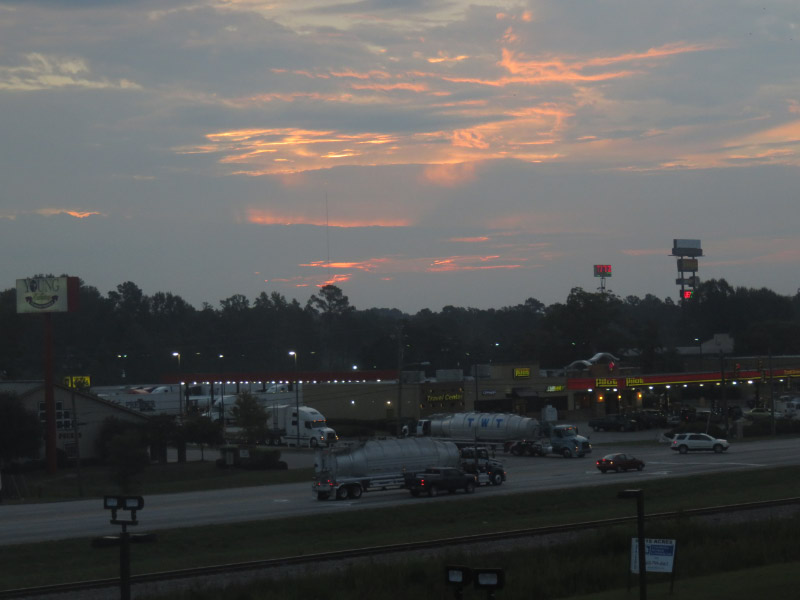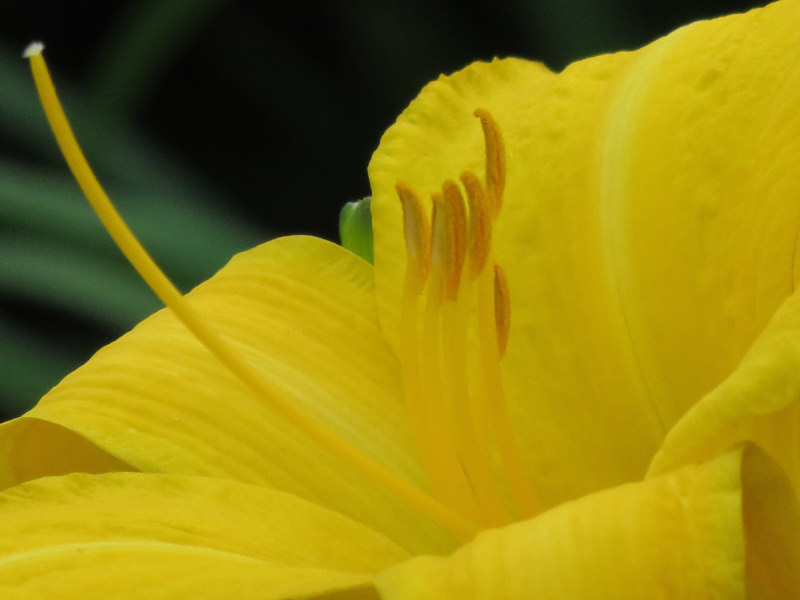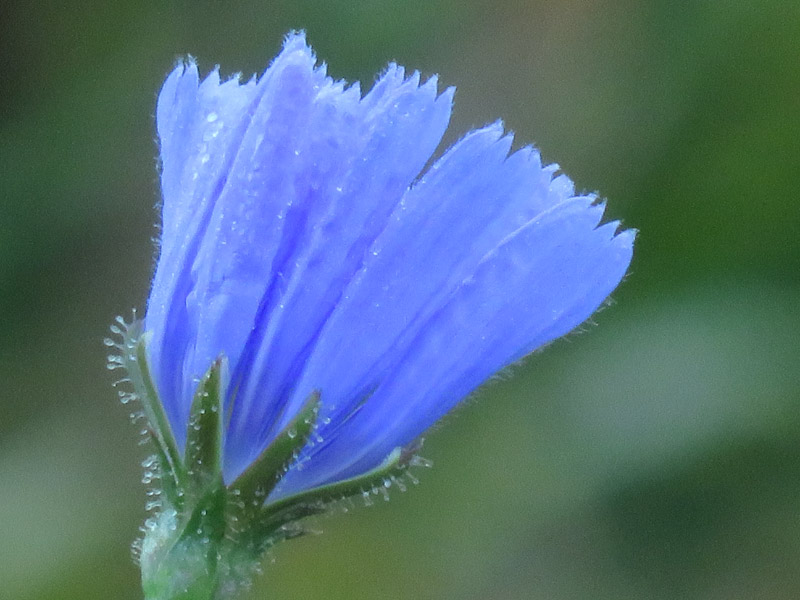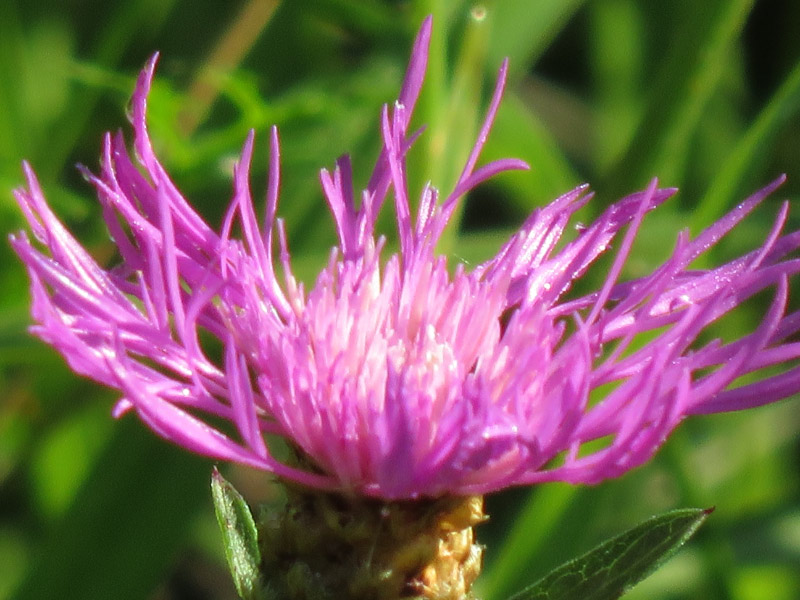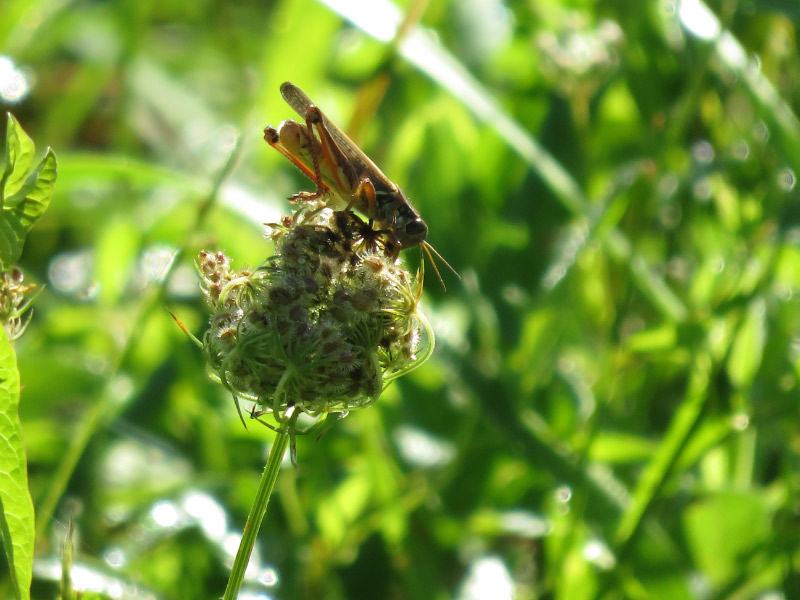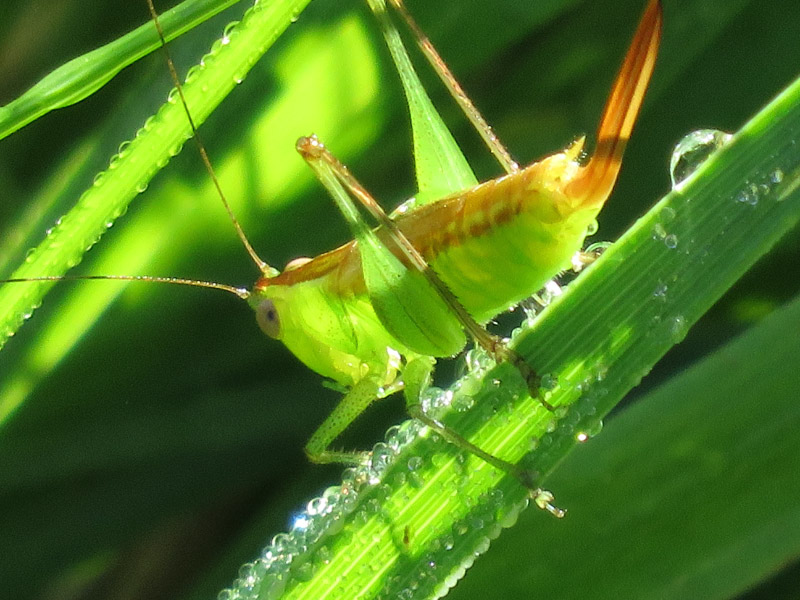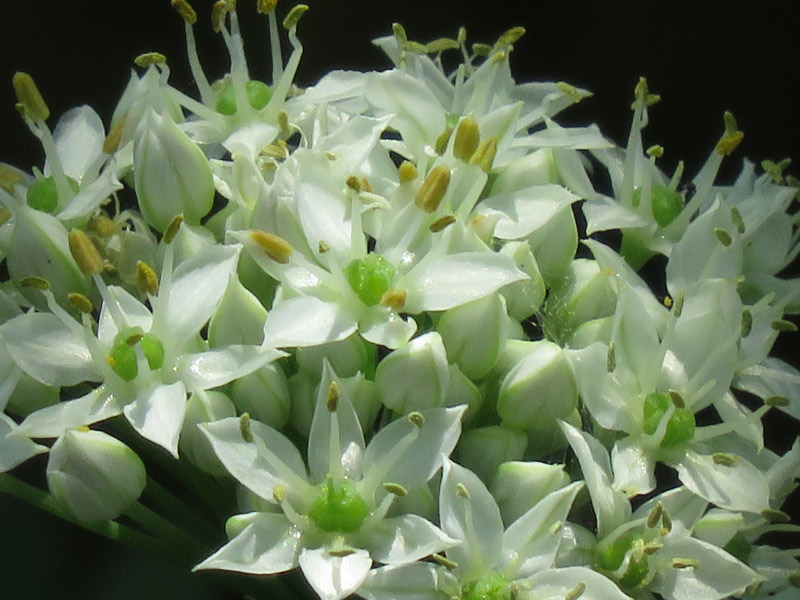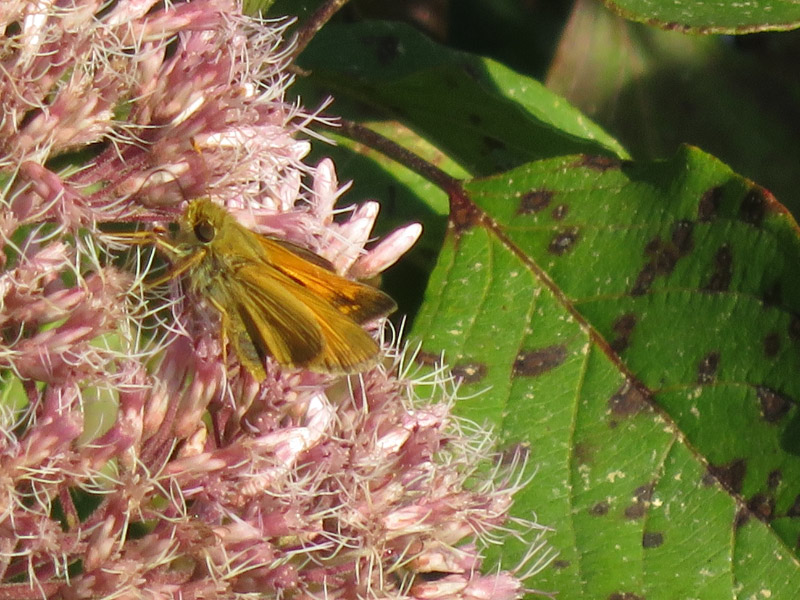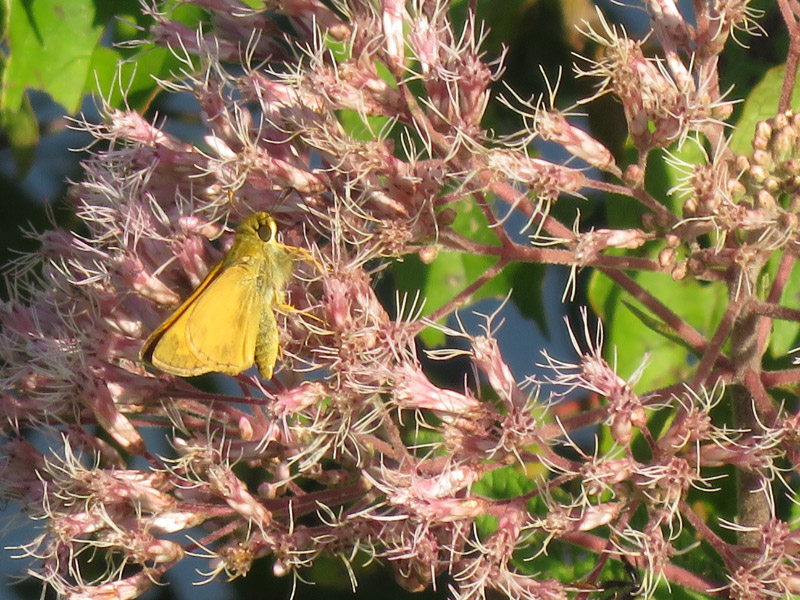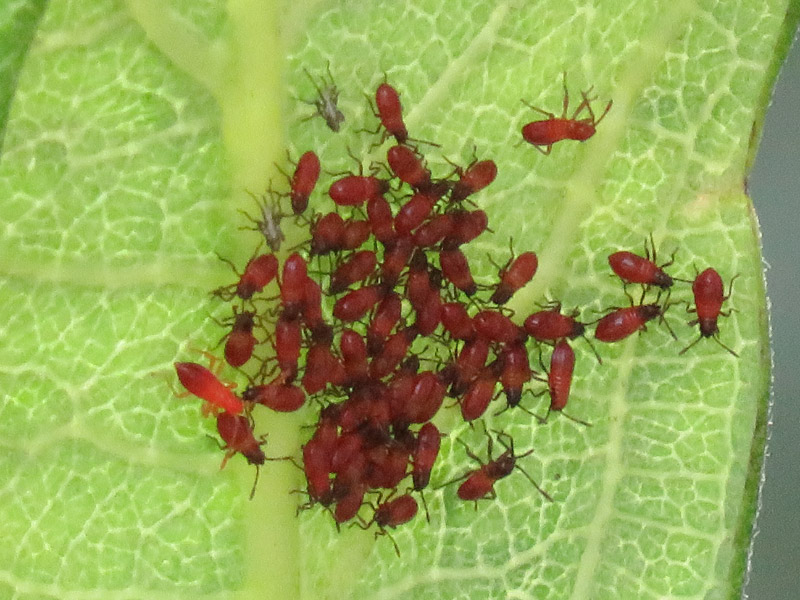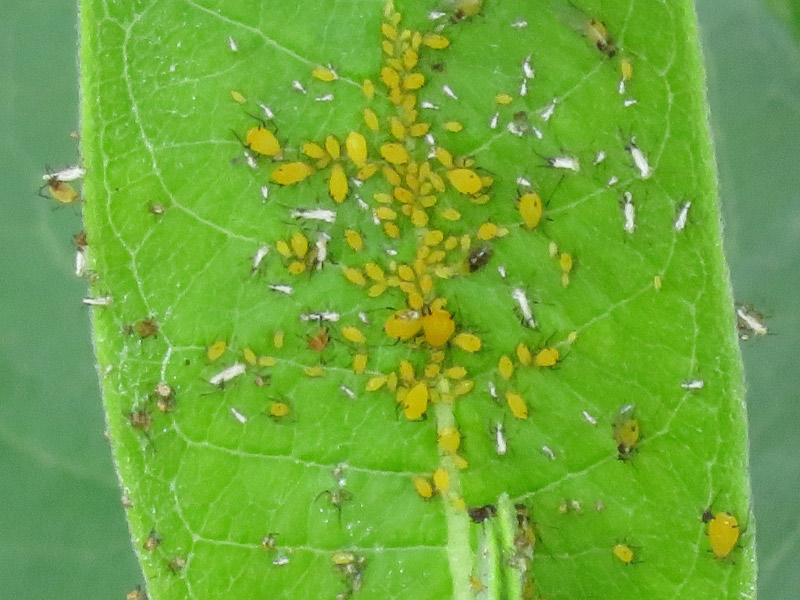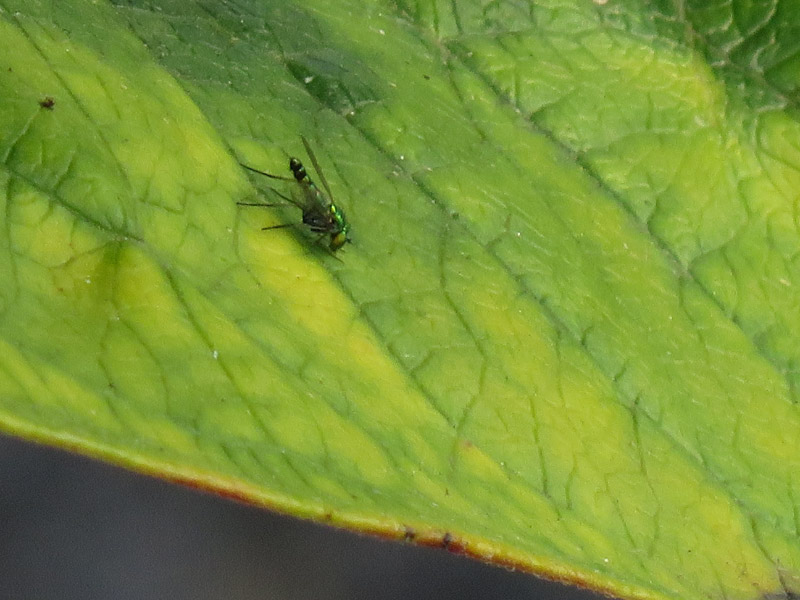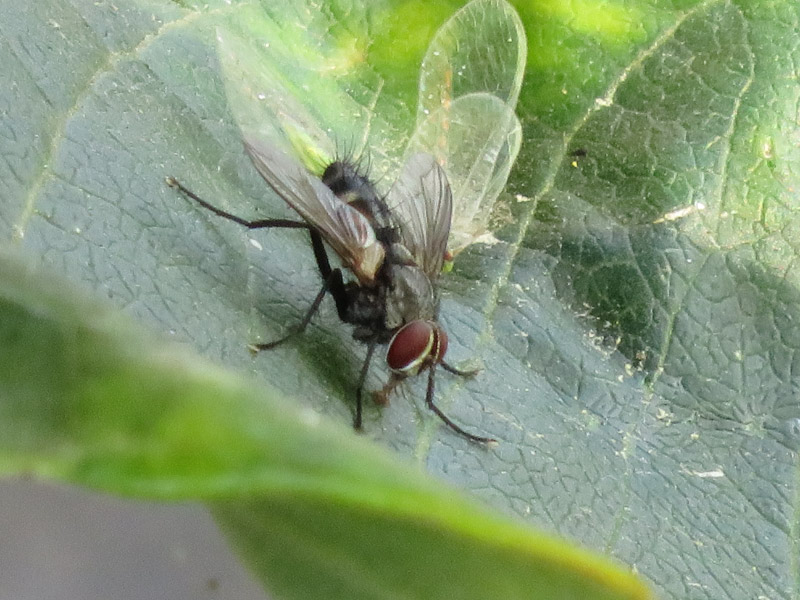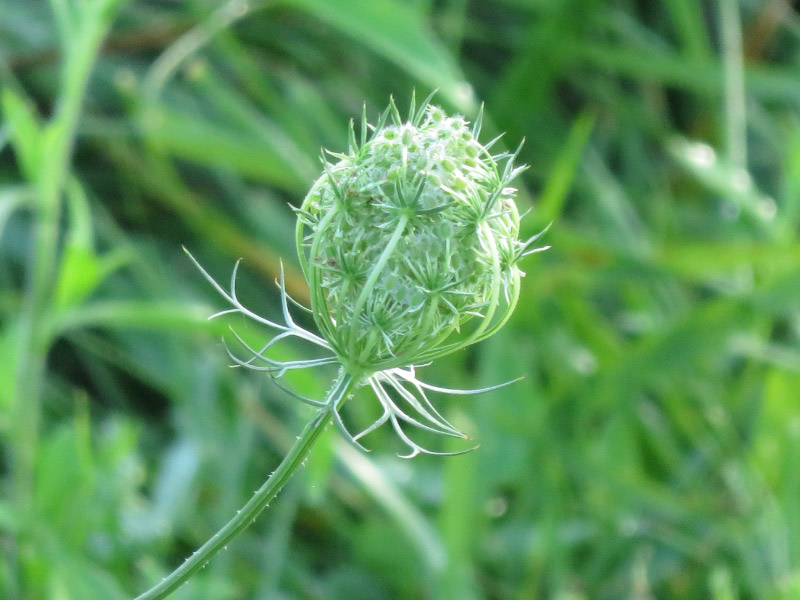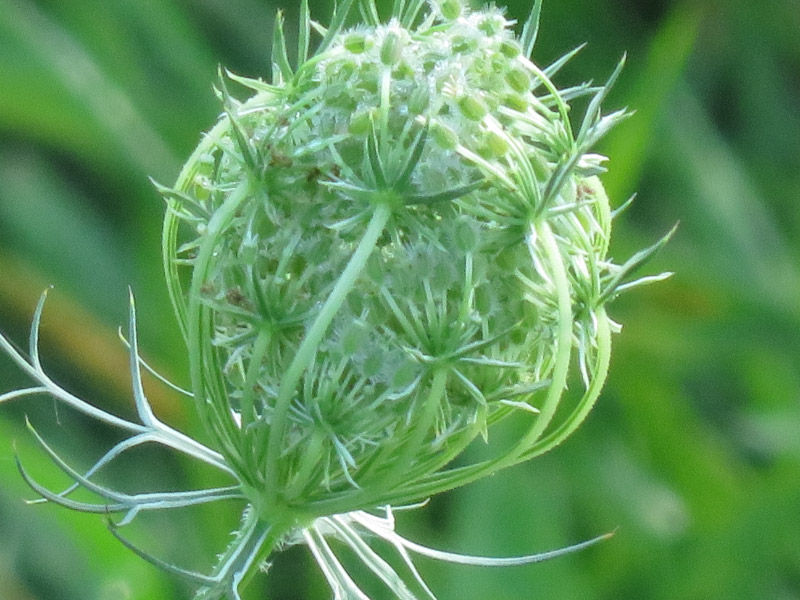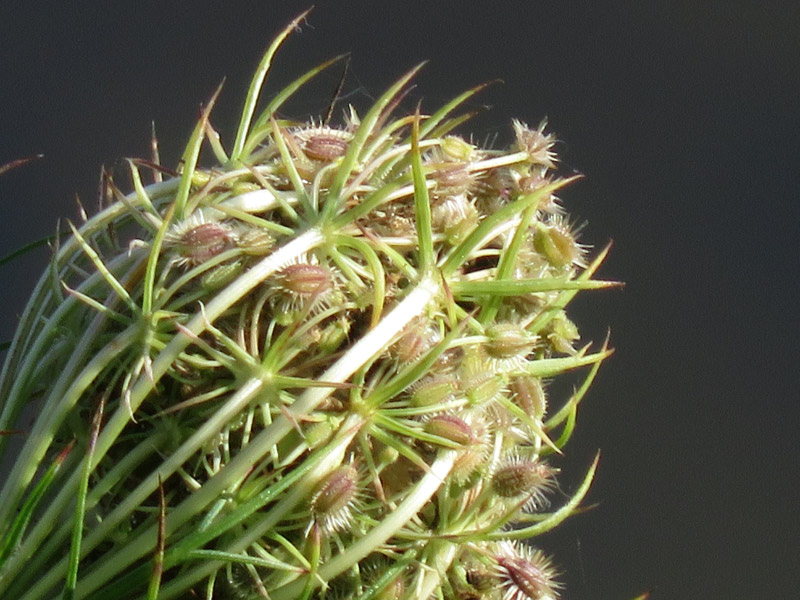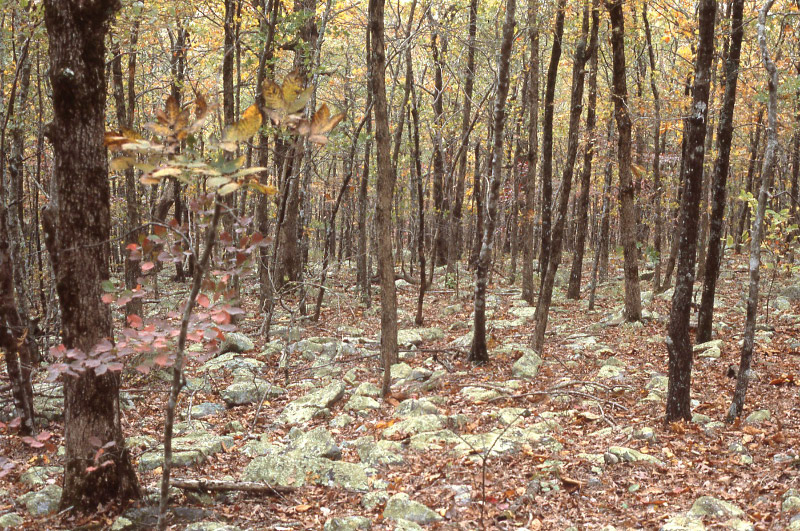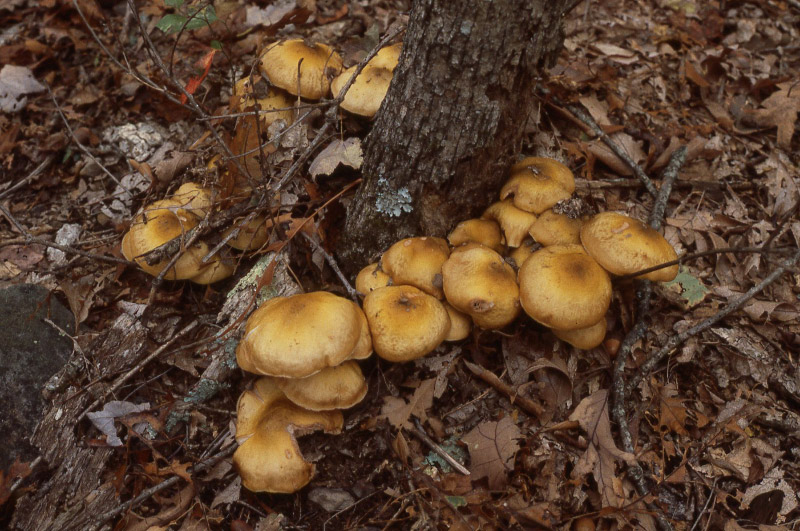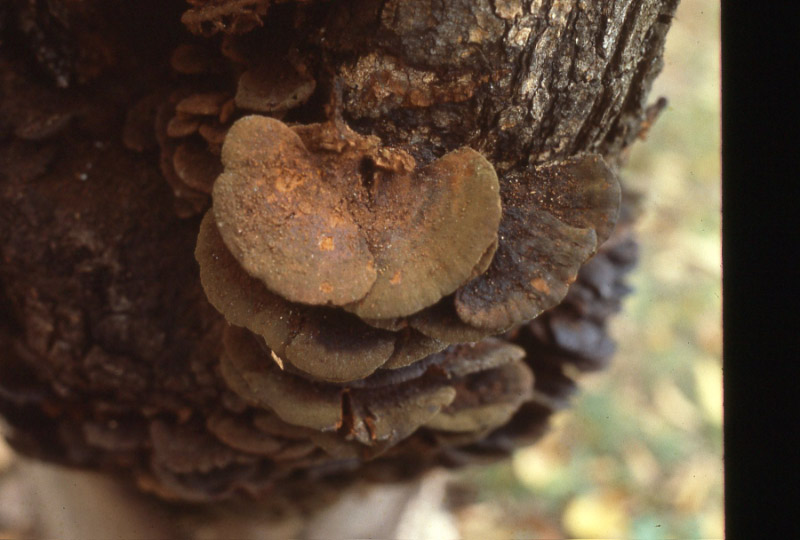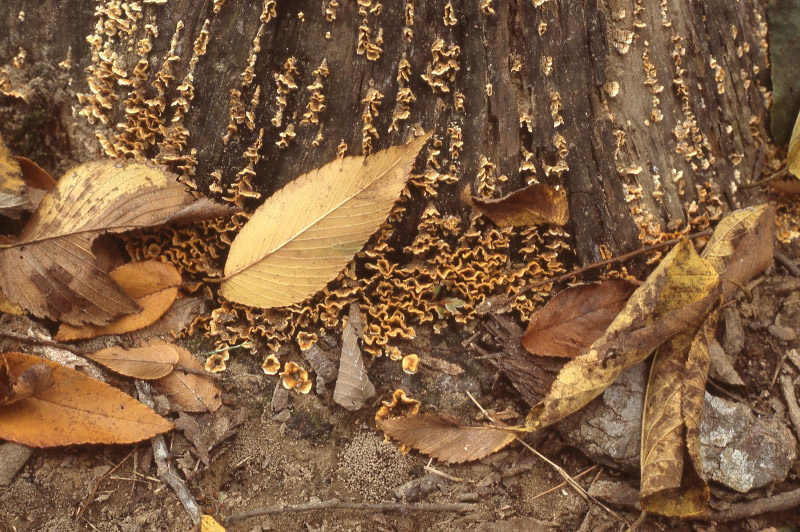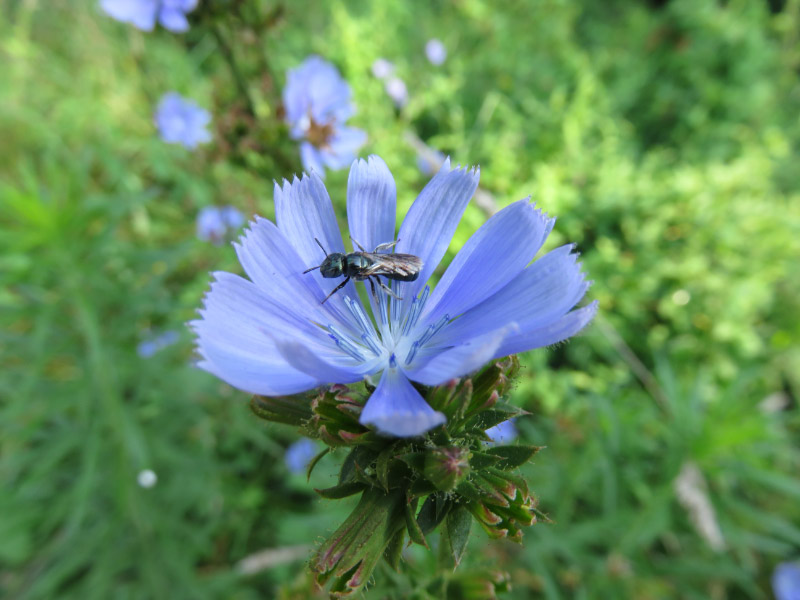Gleanings of the Week Ending October 08, 2016
/The items below were ‘the cream’ of the articles and websites I found this past week. Click on the light green text to look at the article.
What would happen if the world suddenly went vegetarian? – Of course, it’s not likely that the world will suddenly become vegetarian but this article talks about the ‘what if’ and encourages thinking about taking steps to reduce portion side of meats we eat and/or substitute a plant protein for meat in some of our meals.
Hubble spots possible water plumes erupting on Jupiter’s moon Europa – Another discovery --- and something to look at with the James Webb Space Telescope (to launch in 2018). If confirmed, Europa will be the 2nd moon in the solar system known to have water vapor plumes (Enceladus, a moon of Saturn, has jets of water vapor and dust that were discovered by NASA’s Cassini orbiter in 2005).
Our IQs have never been higher – but it hasn’t made us smart – It turns out that IQ is malleable over a lifetime. People that are physically and intellectually active…and are overall healthy…have higher IQs, in general, than people who are not. It does not mean that we are wiser…just that IQ is higher.
Acidity in atmosphere minimized to preindustrial levels – Result from studies of the Greenland Ice Sheet. The human-made acid pollution peaked in the 1960s and 70s and we are not back to the levels in the 1930s.
Tips for creating an introvert-friendly workplace – An article from CIO magazine. Read it as a case study on some things that need to be considered: communication, comfort zones, company culture, and the workplace structure.
New evidence shifts the timeline back for human arrival in the Americas – An archeological site in Argentina…humans were there 13,068-14,064 years ago….that’s earlier than Clovis people in North America (around 13,000 years ago).
The astronomical cost of going to Mars – and staying there – Sustaining people on Mars quickly exceeds getting them there. There is a lot of talk of getting to Mars (i.e. the transportation) and not as much about what would happen once people got there.
How the Electricity Grid Works – An Infographic. In the US there are three grids: The Eastern Grid, the Western Grid, and the Texas Grid – with the Eastern being the largest.
Washing Clothes Releases Thousands of Microplastic Particles into the Environment – Three types of textiles were examined: cotton/polyester, polyester, and acrylic. They all release a lot of very small plastic particles (acrylic releasing the most…cotton/polyester the least). Reduction of emissions will take changes in textile design and/or improved filtration of effluent for these very small particles.
Pumpkin Pie Mousse – I like pumpkin custard – one of the favorite fall desserts around my house – but this is something I am going to try. No cooking!

